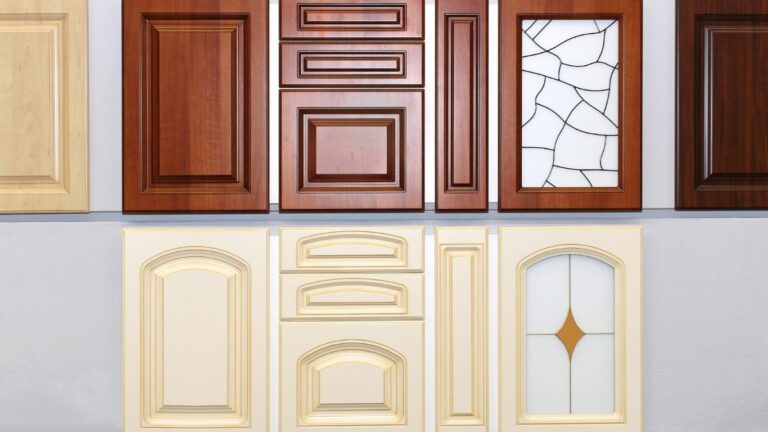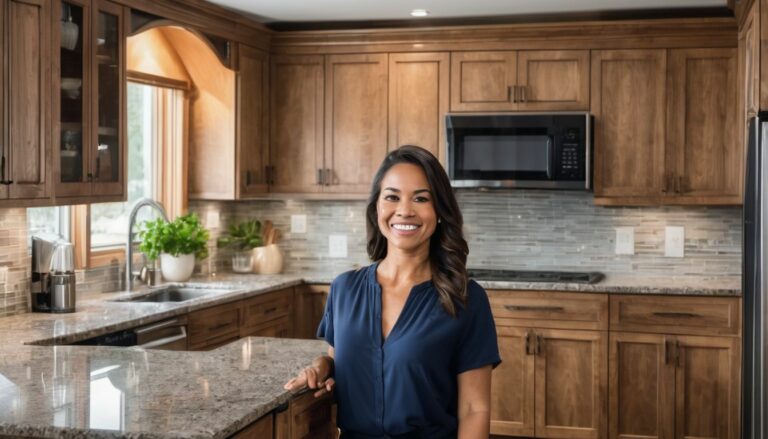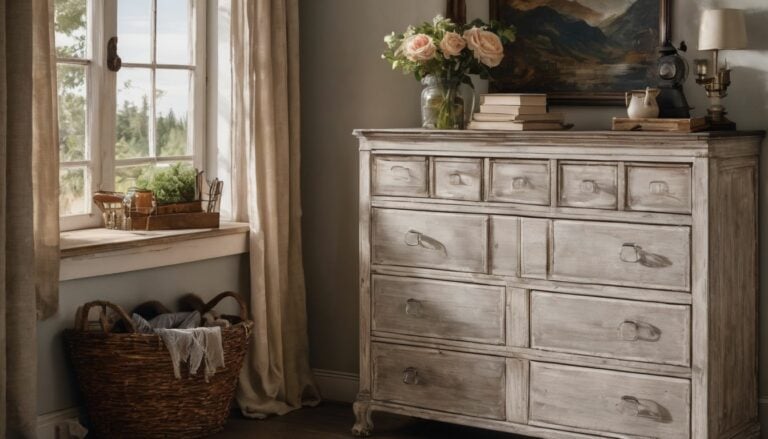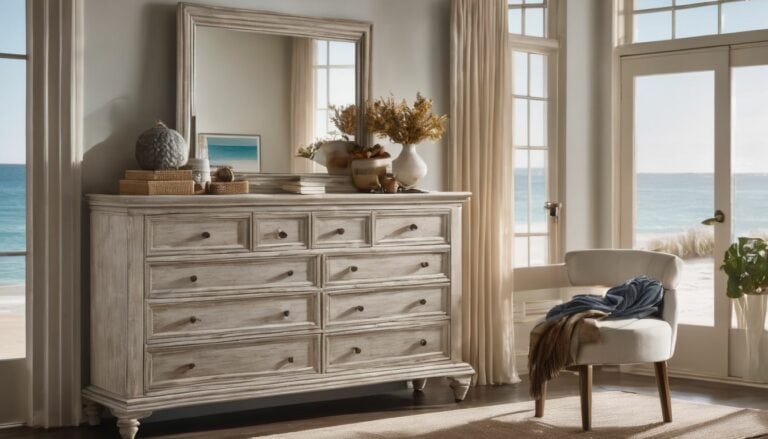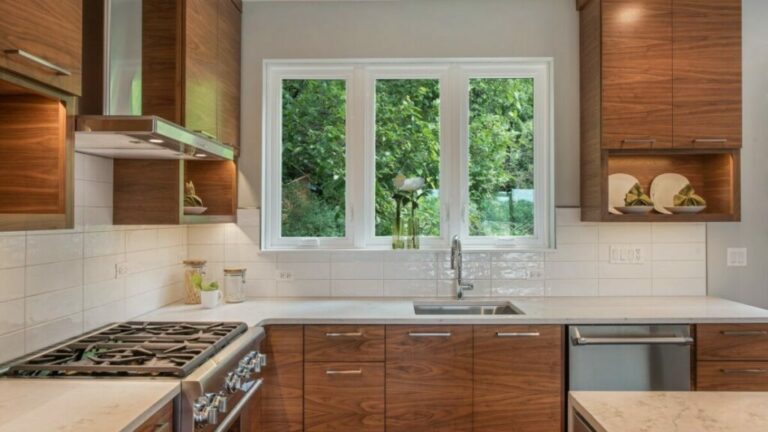Casement Windows: Detailed Guide To Styles, Costs, And Practicality
Taking a leap towards installing new windows in your home, but aren’t quite sure where to kick things off? Trust me, I can relate – it’s easy to feel swamped with the vast array of window styles, materials and costs out there.
After some significant digging and hands-on interaction with various options, I found Casement Windows were a unique blend of style, convenience and comfort. So let’s delve into this comprehensive guide.
It’s time you got acquainted with everything essential about Casement Windows – they just might be the polished solution you’ve been on the hunt for!
Key Takeaways
- Casement windows are a type of window that swing out like doors, providing good ventilation and clear views.
- There are different styles of casement windows to choose from, including awning casements, push-out casements, French casements, cottage casements, and fixed casements.
- Wooden casement windows offer classic elegance and durability, but there are also alternatives like vinyl or fiberglass.
- Casement windows have advantages such as energy efficiency, ventilation options, and enhanced security features.
- Disadvantages include higher cost compared to other window styles as well as the need for regular maintenance.
- When comparing with other window styles like double hung or sliding windows, casement windows provide better ventilation and energy efficiency.
Brief overview and scope of the article.
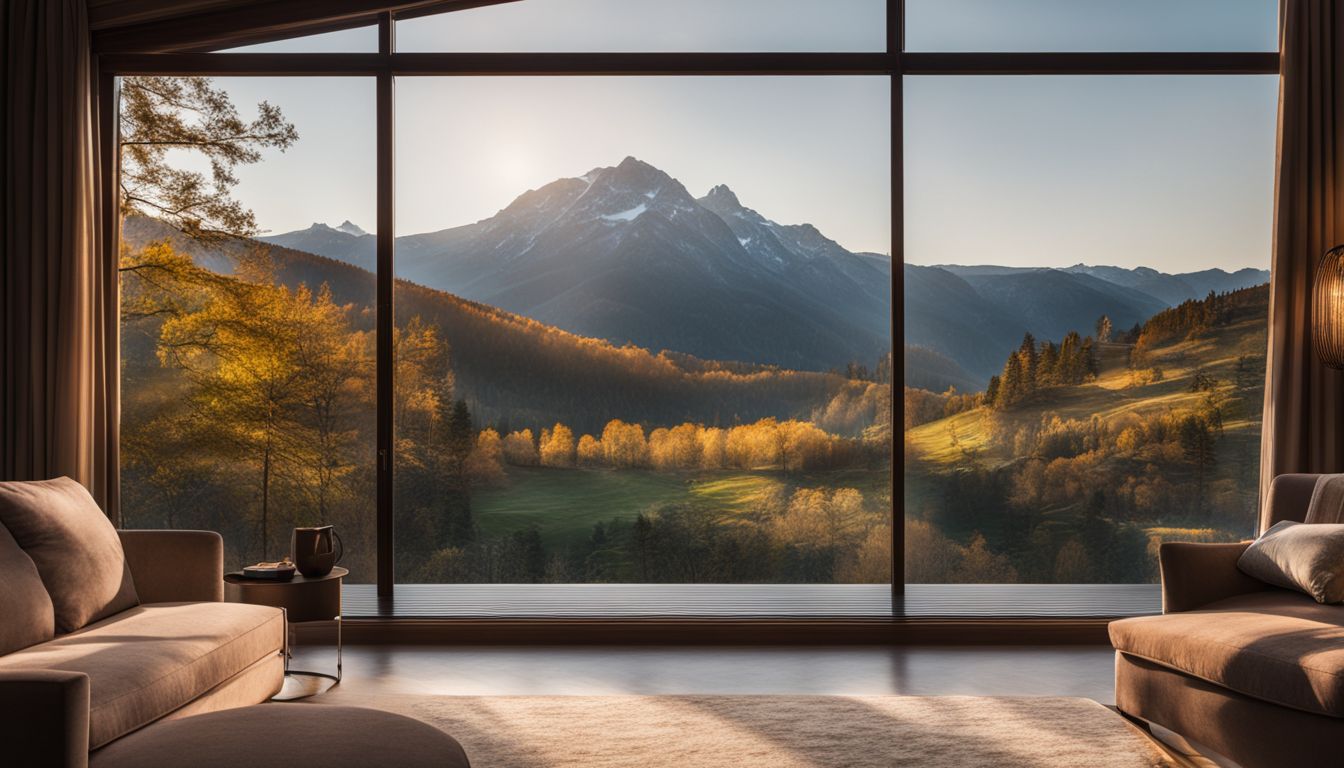
In this article, we’ll walk through various aspects – starting from what exactly casement windows are, their intriguing historical context, distinctive styles including the downright charming wooden ones and how they measure up against other popular window types like double hung windows.
We won’t stop there either; we’ll also dig into many benefits these architectural beauties bring to our homes such as energy efficiency for those reducing carbon footprint moments, plenty of fresh air-flow promoting ventilation & that extra dash of security – along with some challenges they might pose in terms of cost and upkeep concerns.
Our goal is to provide you valuable insights whether you’re looking at installing new or replacing old windows while also shedding light on operational intricacies around opening/closing mechanisms and safety measures ensuring maximum break-in protection.
What are Casement Windows?

Casement windows are types that open to the side. They swing out like doors. This makes it easy to let fresh air into the house. It also gives a clear view outside. There are different styles of casement windows to choose from.
When were casement windows popular?
They have been around for a long time. In old times, people used them in homes and big buildings. Today, they still use them because of their easy-to-use style.
A casement window has many parts like frames, glass, hinges, and handles. If you want to know one when you see it, look for these things. It will help you spot a casement window from others like the awning or sash window.
Each style has its own charm. Some are small and others big. Some open to the left, and some open to the right. There is also a kind that opens at the top or bottom, like an awning or hopper window.
These windows have unique designs which set them apart. The glass can be clear or frosted for privacy protection features of casement windows make sure your home stay safe and secure even when they’re wide open.
One more thing about these windows – most of them are made of wood! Wooden casement windows add warmth and beauty to any room they’re in.
Understanding all this about casement windows helps you pick what’s best for your house!
Casement Window types And Styles.
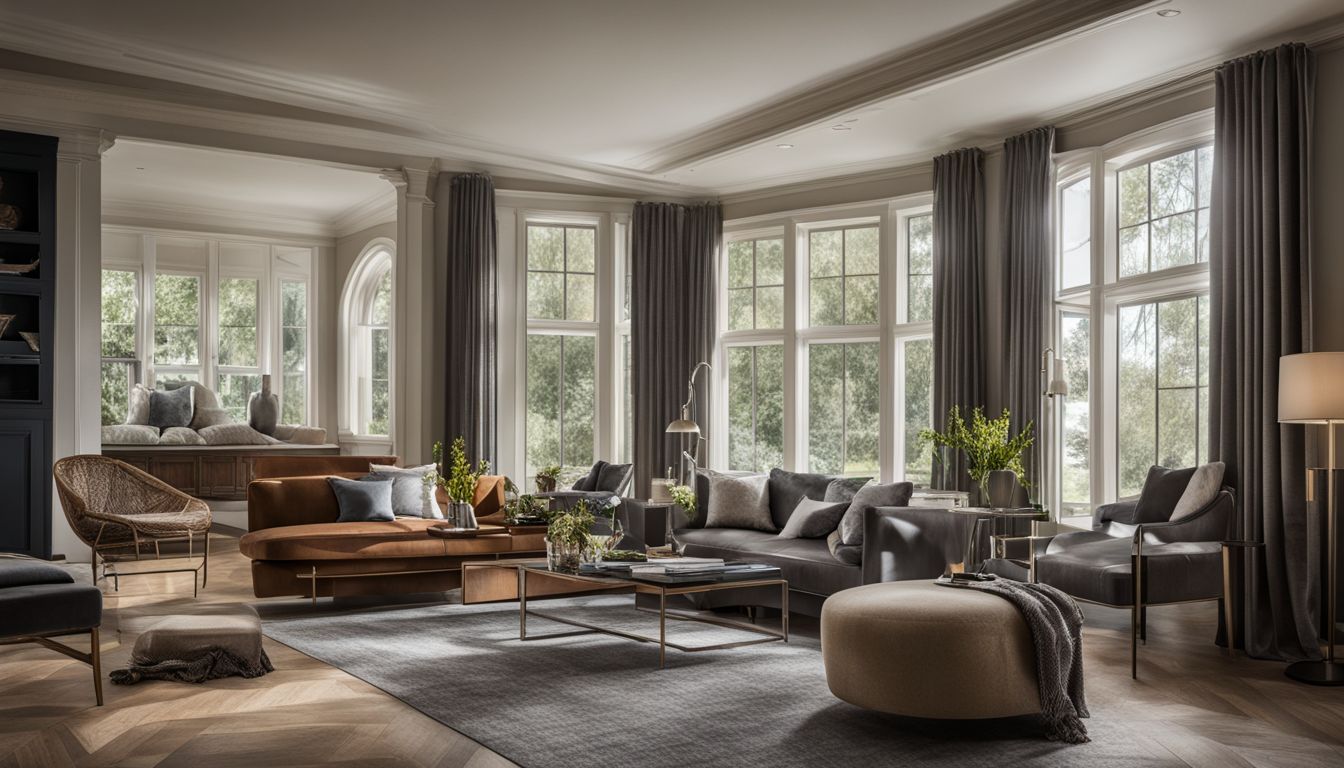
Casement windows come in a variety of styles and types that can complement any home. Here are some options to consider:
- Awning casement windows: These windows are hinged at the top and open outward from the bottom. They provide excellent ventilation even on rainy days.
- Push-out casement windows: These windows swing open with a gentle push, offering a sleek and modern look. They are easy to operate and maintain.
- French casement windows: With two sashes that open from the center, these windows provide a wide opening and unobstructed views. They add elegance to any room.
- Cottage casement windows: These charming windows have multiple small panes of glass divided by wood or metal bars. They add character to traditional homes.
- Fixed casement windows: If you want natural light without ventilation, fixed casement windows are a great option. They don’t open but still provide beautiful views.
Discussion on material, focusing on wooden casement windows.
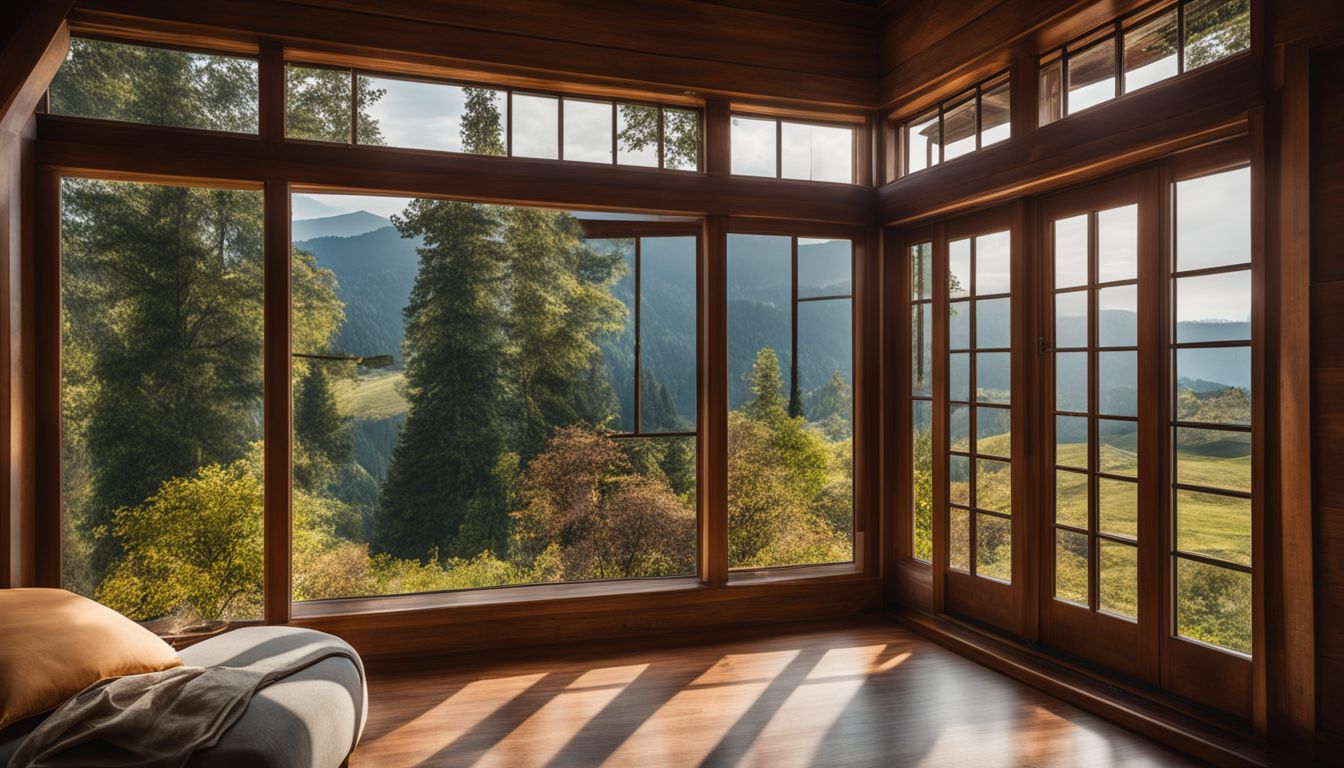
Wooden casement windows are a popular choice for their classic elegance and durability. They bring a timeless charm to any home with their natural beauty and warm aesthetic. When it comes to material options for casement windows, timber stands out as an excellent choice.
With its natural insulating properties, wooden frames offer energy efficiency by keeping your home cool in the summer and warm in the winter.
In terms of style, wooden casement windows provide a traditional look that can complement various architectural designs. The versatility of wood allows for customization with different finishes, stains, or paints to match your personal taste and interior decor.
Additionally, wooden frames have proven longevity, ensuring that your investment will withstand the test of time.
When considering materials for casement windows, it’s important to note that there are alternatives such as vinyl and fiberglass. While these materials may offer their own advantages like lower cost or low maintenance requirements, they lack the classic appeal and character that come with wooden frames.
Overall, if you’re looking for a material that combines beauty with durability for your casement windows, timber is an excellent choice. Its timeless charm and energy-efficient properties make it a preferred option among homeowners seeking both style and practicality.
Pros and Cons
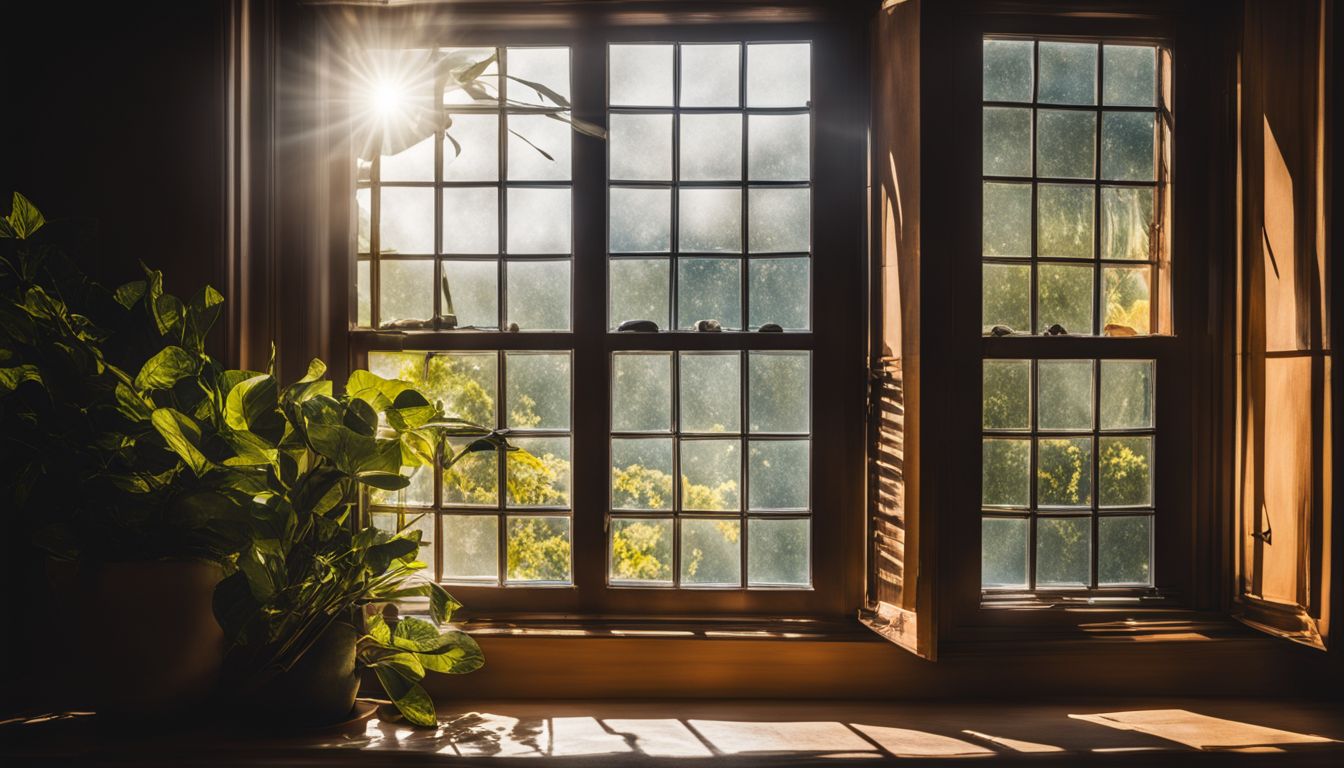
When it comes to casement windows, there are some pros and cons we should consider. Let’s start with the advantages. First, casement windows are very energy efficient. They seal tightly when closed, keeping cold air out in the winter and hot air out in the summer.
This can help save on heating and cooling costs. Second, casement windows provide excellent ventilation because they open fully outward. This allows for a good amount of fresh air to enter your home.
Finally, casement windows offer enhanced security because they have a hook-shaped lock that is embedded within the frame.
On the other hand, there are also some disadvantages to consider. One downside of casement windows is that they can be expensive compared to other window styles. The cost of materials, installation, and customization options may add up quickly.
Additionally, maintenance can be a bit more time-consuming since you have to clean both sides of the glass as well as lubricate the hinges regularly.
Overall, while casement windows offer many benefits such as energy efficiency, ventilation, and enhanced security; their higher cost and additional maintenance requirements should also be carefully considered before making a decision on whether or not these windows are right for your home.
Highlighting advantages: energy efficiency, ventilation, and security.
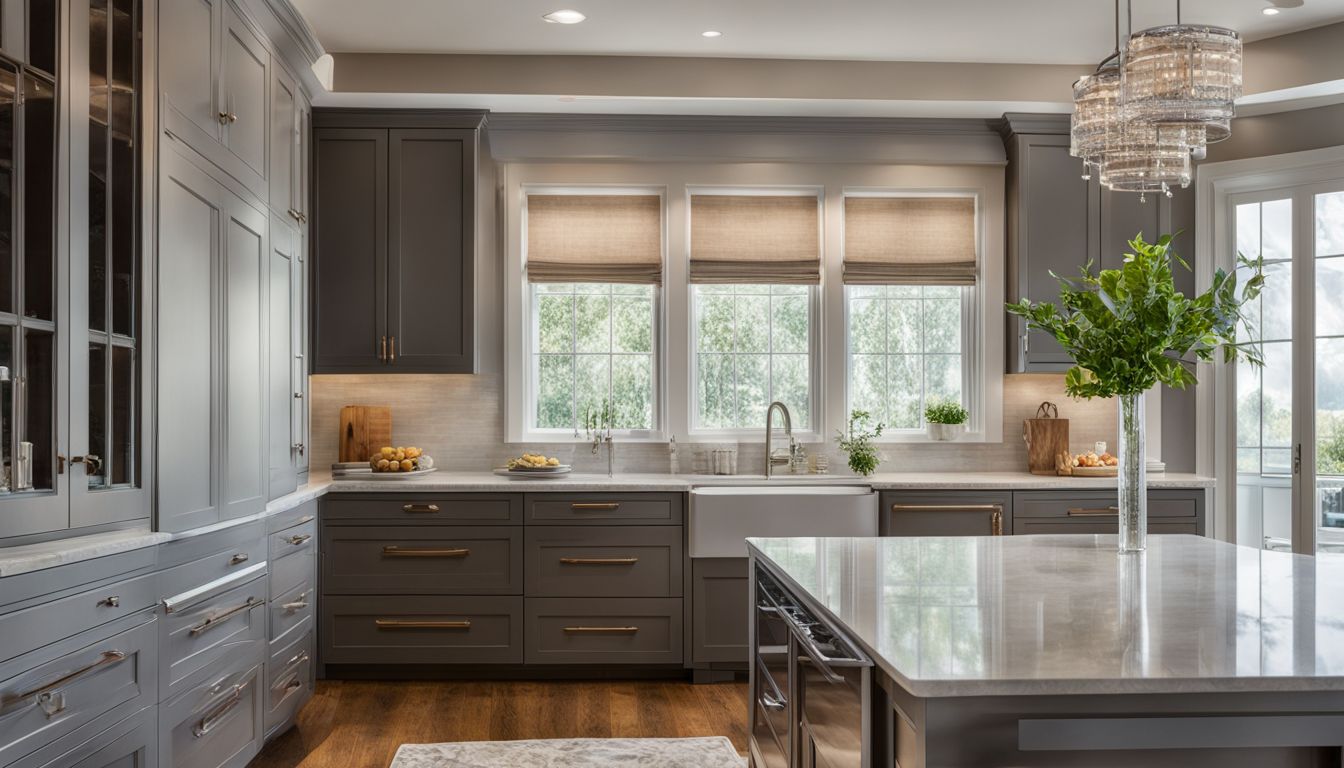
Casement windows have numerous advantages, making them a popular choice for homeowners. Here are some key benefits to consider:
- Energy Efficiency: Casement windows provide excellent energy efficiency. Their airtight seal helps to keep out drafts and maintain a comfortable temperature inside the home.
- Ventilation: These windows offer fantastic ventilation options. When fully opened, they allow fresh air to circulate freely, creating a cooling effect and improving indoor air quality.
- Security: Casement windows are known for their enhanced security features. With multiple locking points along the frame, they provide added protection against break-ins.
Discussing disadvantages: cost, maintenance, and potential issues.

Casement windows have some disadvantages that you should know about. Here are the main ones:
- Cost: Casement windows can be more expensive than other types of windows, especially if you choose high-quality materials like wood. The national average price for replacing a casement window is influenced by factors like size, material, and installation complexity.
- Maintenance: Casement windows require regular maintenance to keep them in good condition. This includes cleaning the glass, lubricating the hinges, and inspecting the seals for any signs of wear or damage.
- Potential issues: There are a few potential issues that can arise with casement windows. For example, if the hinges become loose or rusty, it may affect the opening and closing mechanism. Additionally, extreme weather conditions like strong winds can put extra stress on casement windows.
Comparative Analysis
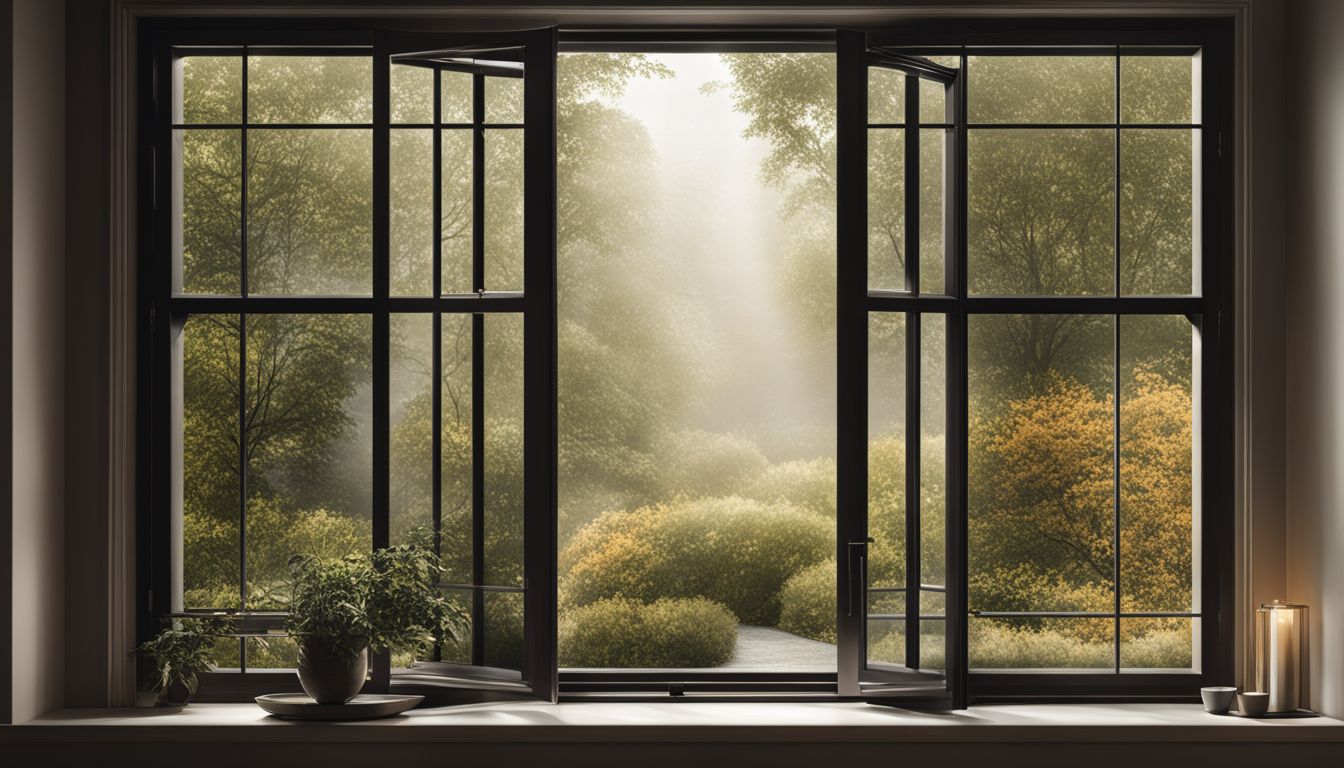
When comparing casement windows with other window styles like double hung, fixed, or sliding windows, there are several factors to consider. One important aspect is the cost. Casement windows tend to be more expensive compared to other styles.
The price of casement windows can range from $600 to $1,400 depending on factors such as size, style, and material.
Another factor to consider is ventilation options. Casement windows provide a clear and unobstructed view when fully opened, allowing for maximum airflow into the room. On the other hand, double hung windows offer the option of ventilation from both the top and bottom sashes.
Energy efficiency is also an important consideration. Casement windows are known for their tight seals when closed, which can help prevent air leakage and improve energy efficiency.
Double hung windows may require more maintenance due to movable sashes and potential air leakage between them.
In summary, while casement windows may be more costly upfront compared to other window styles like double hung or sliding windows they offer advantages in terms of better ventilation options and improved energy efficiency through their tight seal when closed.
Comparing casement windows with other window styles.

When it comes to choosing the ideal window style for your home, it’s crucial to know how casement windows compare to other window styles in terms of design, functionality, cost, and energy efficiency. Let’s dive into a comparative analysis:
| Window Types | Design | Functionality | Cost | Energy Efficiency |
|---|---|---|---|---|
| Casement Windows | Modern style, offers an uninterrupted view. | Excellent ventilation, catches natural breezes when properly positioned. | Typically more affordable due to simpler design and operation. | Excellent energy efficiency, tighter seal around the window enhancing insulation. |
| Double Hung Windows | Traditional style, offers a classic look. | Good ventilation, both top and bottom sashes can open. | Can be slightly more expensive due to complex design and operation. | Excellent energy efficiency, but may lack the tighter seal of casement windows. |
| Sliding Windows | Sleek and modern, offers wide views. | Easy to operate, but not as good for catching breezes. | Often cheaper due to simpler mechanics. | Good energy efficiency, but sealing can degrade over time with use. |
| Bay and Bow Windows | Classic and grand, provides panoramic view. | Not very functional for ventilation. | Typically more expensive due to complex design and installation. | Less energy efficient due to larger surface area and potential for air leakage. |
In summary, the choice of window style should align with your home’s aesthetic, location, and ventilation needs. Each window type has its unique features and considerations, but casement windows strike a balance between style, functionality, cost, and energy efficiency.
Analyzing cost, durability, and longevity.

In this section, we are going to analyze the cost, durability, and longevity aspects of casement windows, comparing them with some other common window types.
| Window Type | Cost (Range) | Durability | Longevity |
|---|---|---|---|
| Casement (Vinyl) | $200 to $750 | High | 15-30 years |
| Casement (Wood) | $300 to $1,000 | Extremely High | 30-50 years |
| Double-Hung (Vinyl) | $200 to $700 | High | 15-30 years |
| Double-Hung (Wood) | $350 to $1,200 | High | 20-40 years |
Given the analysis in the table, it’s apparent that vinyl casement windows are the most affordable option, providing high durability and a lifespan of 15-30 years. Notably, timber casement windows, despite being more expensive, offer exceptional durability and can last up to 50 years, making them an excellent investment for the long term.
Installation and Replacement
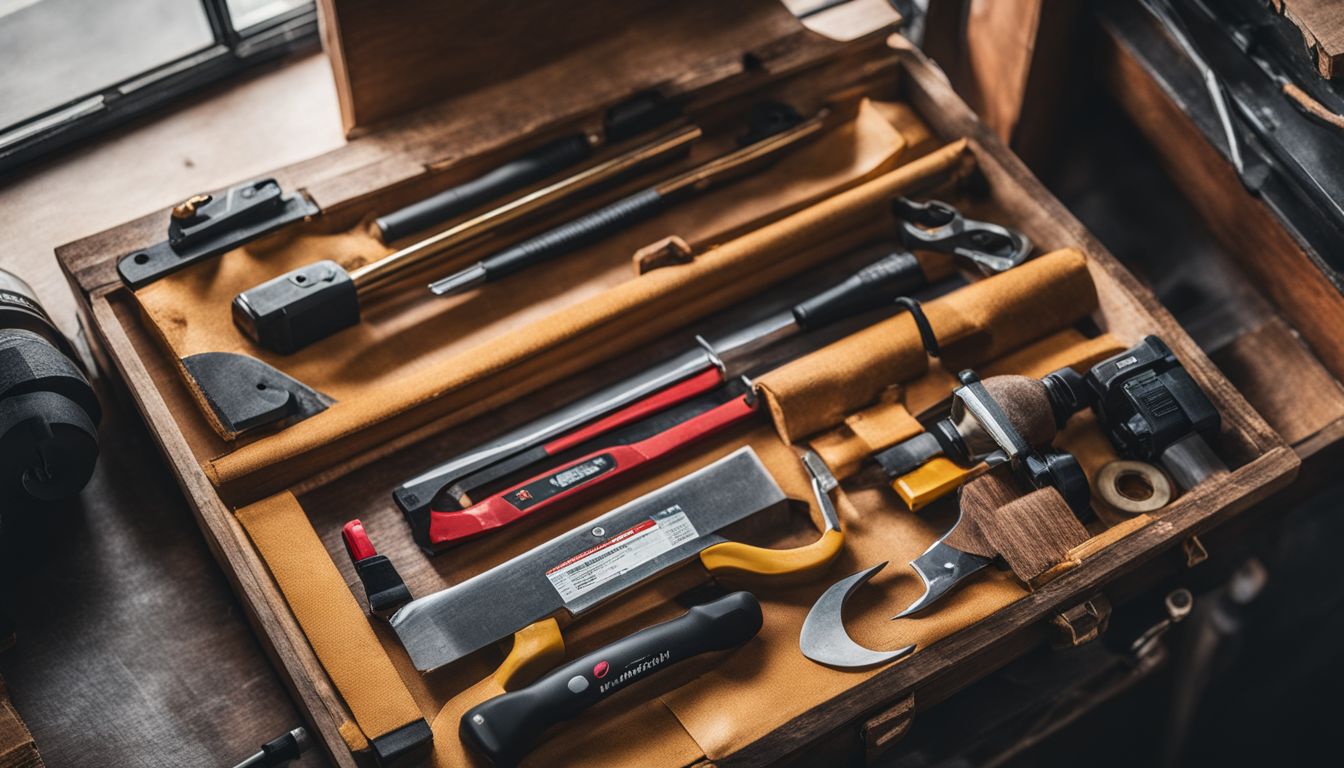
Installing and replacing casement windows may seem like a daunting task, but with the right guidance, it can be a smooth process. When it comes to installation, it’s important to ensure that you have the necessary tools and materials handy.
The average cost for installing casement windows typically ranges between $600 and $1,400 per window.
To begin the installation process, start by measuring your window opening accurately. This step is crucial to ensure that your new casement window fits perfectly. Next, remove any existing trim or molding around the window frame and clean the area thoroughly.
Once you’ve prepared the opening, you can proceed with placing your new casement window into position. Make sure to follow manufacturer instructions carefully while securing it in place.
You may require assistance during this step as these windows can be heavy.
When it comes to replacement considerations, there are a few things to keep in mind. Firstly, if your current casement windows are showing signs of wear and tear or damage beyond repair, replacement might be necessary.
Additionally, consider upgrading if you want improved energy efficiency or better security features.
Guiding through the installation process.
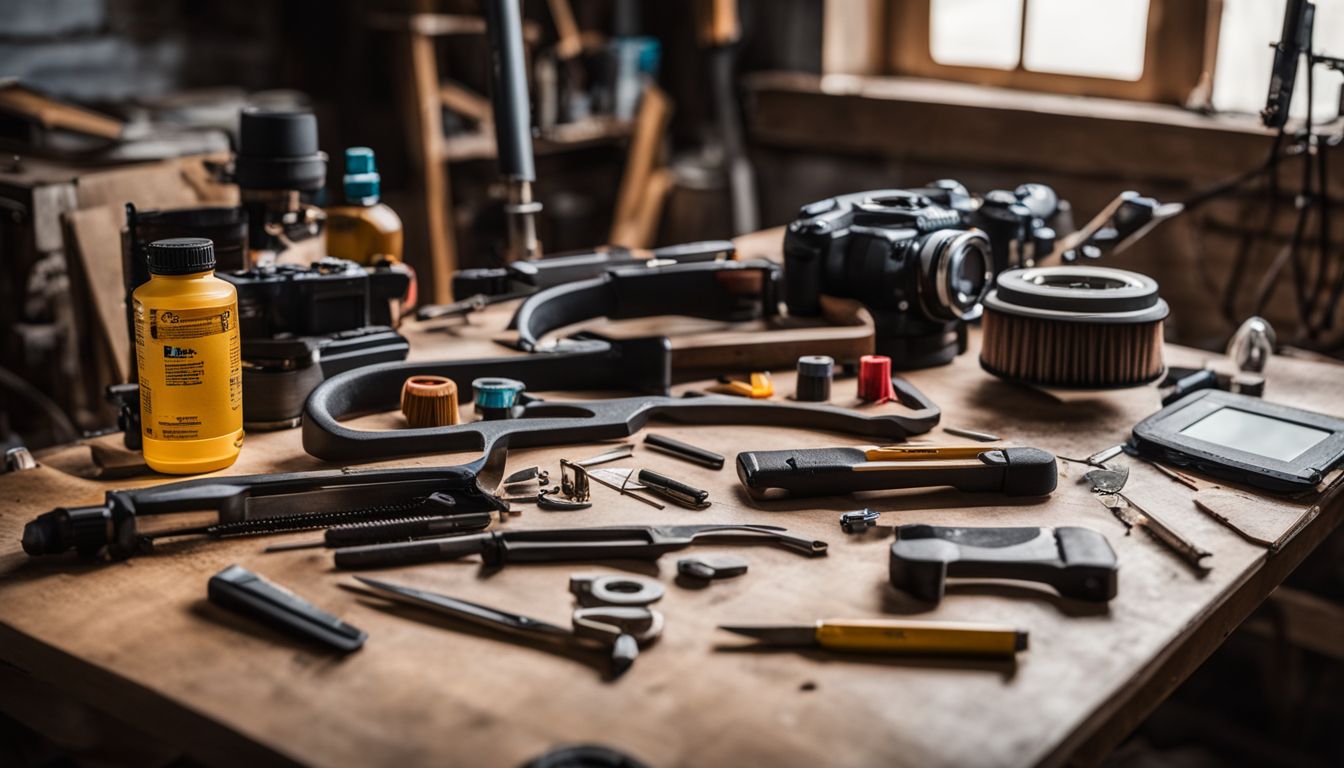
- Measure the window opening to ensure the correct size for the new casement window.
- Remove any existing window or frame in the opening.
- Prepare the opening by cleaning it thoroughly and repairing any damage.
- Apply a waterproofing membrane around the perimeter of the opening to prevent water infiltration.
- Insert the new casement window into the opening, making sure it is centered and level.
- Secure the window in place using screws or nails, following the manufacturer’s instructions.
- Seal around the edges of the window with caulk or weatherstripping to ensure a tight seal.
- Test the operation of the window to ensure it opens and closes smoothly.
Discussing considerations for replacement.

When it comes to replacing your casement windows, there are a few important considerations to keep in mind. One of the main factors is the material of the replacement windows. You’ll want to choose a material that suits your needs and budget, whether it’s wood, vinyl, or aluminum.
Another consideration is the type of window mechanism you prefer, such as hinged or awning windows. The size and style of the replacement windows also play a role in your decision-making process.
Finally, don’t forget about your budget and any specific features you may be looking for in your new windows.
In conclusion, there are several factors to consider when replacing casement windows. These include the material of the replacement windows, the type of window mechanism, the size and style of the new windows, and budget-related considerations.
By carefully considering these factors and taking into account your own preferences and needs, you can make an informed decision about which replacement windows are best for you.
Operational Mechanics

Operational mechanics of casement windows are quite interesting. They operate using mechanical cranks, which makes them easy to open and close. These windows have a more complex operational mechanism compared to other window styles.
They provide excellent ventilation when opened fully, allowing fresh air to circulate throughout the room. Casement windows also offer good energy efficiency, as they can be tightly sealed when closed, preventing drafts from entering the space.
The cost of casement windows varies depending on factors such as size, material, and any additional features you may choose.
Explaining the opening/closing and locking mechanisms.

When it comes to casement windows, it’s important to know the ins and outs of their opening/closing and locking mechanisms.
swing open sideways
These windows are designed to swing open sideways, giving you that refreshing breeze and making cleaning a breeze too.
crank mechanism
And let me tell you, the crank mechanism is like magic – just give it a little twist of the handle and voila! Your window is opened or closed with ease.
multipoint locking system
But here’s where things get really cool – casement windows have this super secure multipoint locking system. It’s like Fort Knox for your home! When you close those bad boys, multiple locks engage at different points along the frame, ensuring nobody can sneak in uninvited.
So yeah, peace of mind is definitely on the menu.
hinges, Latches, locking handles or cams
Now, let’s talk about all the other parts that make these windows tick. We’ve got hinges that allow them to swing effortlessly, latches that keep everything in place when closed, and locking handles or cams for extra security measures.
It’s like a well-oiled machine working together behind the scenes to give you seamless operation and functionality.
So why does all this matter? Well, understanding how casement windows open and close means you get to enjoy all their benefits to the max. Think better energy efficiency thanks to that tight seal when they’re shut tight (hello lower utility bills), plus easy-peasy operation with reliable locking mechanisms for added peace of mind.
Trust me folks, once you experience casement windows in action, there’s no going back!
Safety and Security

Casement windows are a great choice when it comes to safety and security. These windows offer several safety features that make them secure against intruders. When the windows are open, the space is relatively narrow, making it difficult for anyone to enter your home unauthorized.
This provides peace of mind and added protection for you and your family.
Not only do casement windows enhance security, but they also excel in energy efficiency. These windows are designed to reduce heating and cooling costs by keeping the outside air from seeping inside your home.
With their tight seals and quality construction, casement windows help maintain a comfortable indoor temperature year-round while saving you money on energy bills.
The maintenance of casement windows is also easy compared to other window styles. They can be hinged at either the side or top of the frame and open outward, providing easy access for cleaning both sides of the glass from inside your home.
This convenience ensures that you can keep your windows sparkling clean without any hassle or risk of injury.
In summary, casement windows prioritize safety and security with their narrow opening design while providing excellent energy efficiency benefits. Their ease of maintenance adds further value to these versatile window options.”.
Discussing burglary-proof aspects and safety protocols.
Learn how casement windows can enhance the security of your home and discover effective safety protocols to keep your loved ones safe. Don’t miss out on this important information!
Energy Efficiency
When it comes to energy efficiency, casement windows have some great advantages. They are more energy efficient compared to double-hung windows because of their better sealing capabilities.
However, it’s important to note that not all casement windows are equally energy efficient. If you’re looking for the most energy-efficient type of window, picture windows take the crown.
On the other hand, double-hung windows tend to have lower energy efficiency compared to casement windows. So if you want to save on your energy consumption and enjoy better thermal efficiency in your home, consider choosing casement windows with good insulation, seals, and glazing options.
Don’t forget about weatherproofing and winterization techniques too!
Discussing efficiency metrics and environmental impact.
Efficiency metrics and environmental impact are important factors to consider when it comes to casement windows. Casement windows are known for their exceptional energy efficiency, thanks to their weathertight seal that prevents drafts and heat loss.
This tight seal helps reduce energy consumption and lowers heating and cooling costs. Buildings with casement windows have the potential for significant energy savings, especially if they have high window-wall ratios or outdated single-pane glazing.
In addition to energy efficiency, casement windows also offer improved natural ventilation. The design allows for larger openings compared to other window styles, which means more fresh air can flow into the space.
This not only improves indoor air quality but also helps reduce indoor carbon dioxide (CO2) levels.
However, it’s important to note that casement windows do come with a higher cost compared to other window styles. This is because of their unique mechanics and materials used in construction.
Despite the higher initial investment, many homeowners find casement windows aesthetically appealing and easy to use.
Overall, considering efficiency metrics such as energy savings potential and environmental impact is crucial when choosing windows for your home or building. Casement windows offer both efficient performance and improved natural ventilation, making them a popular choice among environmentally conscious individuals looking for stylish and functional options for their homes or buildings.
Tips on weatherproofing and winterization.

When it comes to weatherproofing and winterizing your casement windows, there are a few tips that can help you keep your home warm and cozy during the colder months. Here are some things to consider:
- Insulating windows: Use window insulation film or thermal curtains to add an extra layer of insulation to your windows.
- Window winterization: Before winter arrives, check for any gaps or cracks around your windows and seal them with caulk or weatherstripping.
- Weatherproofing techniques: Consider using draft stoppers or door sweeps to prevent drafts from entering your home through the bottom of the windows.
- Cold weather window maintenance: Regularly clean and lubricate the hinges on your casement windows to ensure smooth operation, especially during colder temperatures.
- Energy-efficient window solutions: Upgrade to energy-efficient casement windows with low-emissivity (low-E) glass coatings that help reduce heat transfer.
- Winterizing tips for casement windows: Install storm windows or use insulating window inserts to create an additional barrier against cold air infiltration.
- Sealing and caulking windows: Check for any gaps or cracks in the frames of your casement windows and seal them with caulk or silicone sealant.
- Weatherstripping for improved insulation: Apply weatherstripping around the edges of your casement windows to prevent air leakage and improve insulation.
- Top hung windows for better air circulation: Consider installing top hung casement windows, which allow warm air to escape at the top while drawing in fresh, cool air from the bottom.
- Awning windows for ventilation and protection from the elements: If you want both ventilation and protection from rain or snow, awning-style casement windows are a great option.
Maintenance Tips
Maintaining casement windows is important to keep them functioning well and looking good. Regular cleaning is necessary to remove dirt and debris from the glass and frames. You can do this by using a mild soap solution and a soft cloth or sponge.
Don’t forget to clean the hinges too, as they need lubrication for smooth operation. To keep your casement windows in tip-top shape, inspect them regularly for any signs of wear or damage, such as cracked glass or loose hardware.
If you notice any issues, it’s best to address them promptly with repairs or replacements as needed. By following these maintenance tips, you can ensure that your casement windows will continue to provide functionality and enhance the appearance of your home.
Providing a guide on cleaning, lubricating hinges, and more.

Maintaining casement windows is important for their longevity and functionality. Here are some tips on how to clean and lubricate hinges:
- Remove grease or debris from hinges with a soft, dry cloth.
- Use a dry silicone spray to lubricate hinges and other moving parts.
- Avoid using oil – based lubricants or harsh substances on casement window hinges.
Debunking common misconceptions.
Let’s take a moment to debunk some common misconceptions about casement windows. There might be misunderstandings or false beliefs that we can address.
One misconception is that casement windows are too expensive. While it’s true that the cost of casement windows can vary depending on factors like size and material, they don’t have to break the bank.
With proper research and comparison shopping, you can find affordable options that fit within your budget.
Another misconception is that replacing casement windows is a complicated and costly process. In reality, window replacement can be relatively straightforward, especially if you hire professionals who specialize in this type of work.
Plus, investing in new windows can actually save you money in the long run by improving energy efficiency and reducing utility bills.
It’s important to address these inaccurate assumptions so people understand the practicality and affordability of casement windows.
Additional Considerations
When considering casement windows, there are a few additional factors to keep in mind. One important consideration is air conditioning. Casement windows can be more challenging to fit with traditional window-mounted air conditioning units due to their side-hinged design.
However, there are specially designed air conditioners available that can be installed through the wall or in a custom-made frame.
Another consideration is the aesthetic and design aspect of casement windows. They offer a versatile and elegant look that complements both modern and traditional architecture styles.
You can choose from various materials, colors, and finishes to match your home’s exterior and interior design.
In conclusion, while casement windows offer numerous advantages such as energy efficiency and security, it’s important to consider additional factors like compatibility with air conditioning units and the overall aesthetic appeal when deciding if they’re the right choice for your home.
Exploring aspects of air conditioning with casement windows.
Casement windows offer unique advantages when it comes to air conditioning. These windows provide excellent ventilation, allowing fresh air to flow into your space. With casement windows, you can enjoy the cool breeze while keeping your home well-ventilated.
They also let in plenty of natural light, creating a bright and inviting atmosphere.
When it comes to air conditioning options for casement windows, there are a few different choices available. One option is to use window units specifically designed for casement windows.
These units are specially made to fit the dimensions of these windows and provide effective cooling.
Another option is portable air conditioners that can be vented through the window. However, it’s important to check the height, weight, and dimension requirements before choosing this option.
When considering air conditioning with casement windows, energy efficiency should also be taken into account. Casement windows are known for their tight seal when closed properly, which helps keep the cool air in and hot air out.
This can result in energy savings by reducing your reliance on cooling systems.
Overall, exploring aspects of air conditioning with casement windows offers homeowners various cooling options while maintaining their stylish design and maximizing energy efficiency.
Discussing aesthetic and design considerations.
When it comes to casement windows, there are various aesthetic and design considerations to keep in mind. The style of your window can greatly impact the overall look and feel of your home.
There are different window styles available, such as slider, casement, end-vent, jalousie, clearstory, arched, and bay windows. Each style has its own unique charm and can complement different architectural designs.
In addition to the style of the window itself, you also have options when it comes to materials and colors. Casement windows can be made from various materials like wood or vinyl. Wood gives a timeless and classic look while vinyl is known for its durability and low maintenance.
Color choices also play a role in the aesthetics of your casement windows. You can opt for traditional white or go bold with darker shades like black or navy blue. Consider how the color will match with your home’s exterior and interior design.
To further enhance the appearance of your casement windows, you can add decorative grilles or trim elements. These details can give a more customized look that reflects your personal taste.
Overall, when choosing casement windows for their aesthetic appeal and design considerations need to be taken into account such as selecting an appropriate style that complements architecture along with considering material options like wood or vinyl for durability & maintenance requirements while also choosing suitable color options matching exterior/interior designing needs while keeping customization preferences intact by opting for decorative grilles & trim elements if desired
Questions About casement Windows
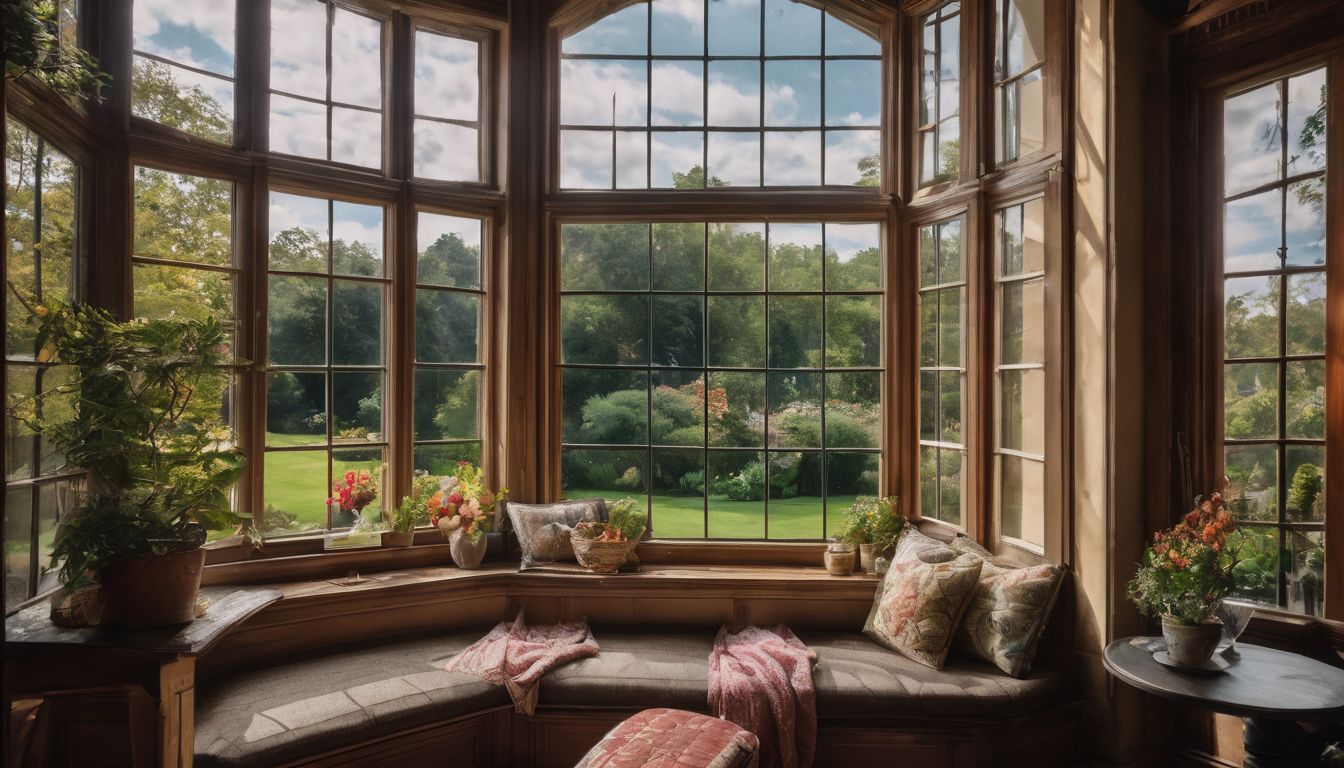
What is the least expensive window style?
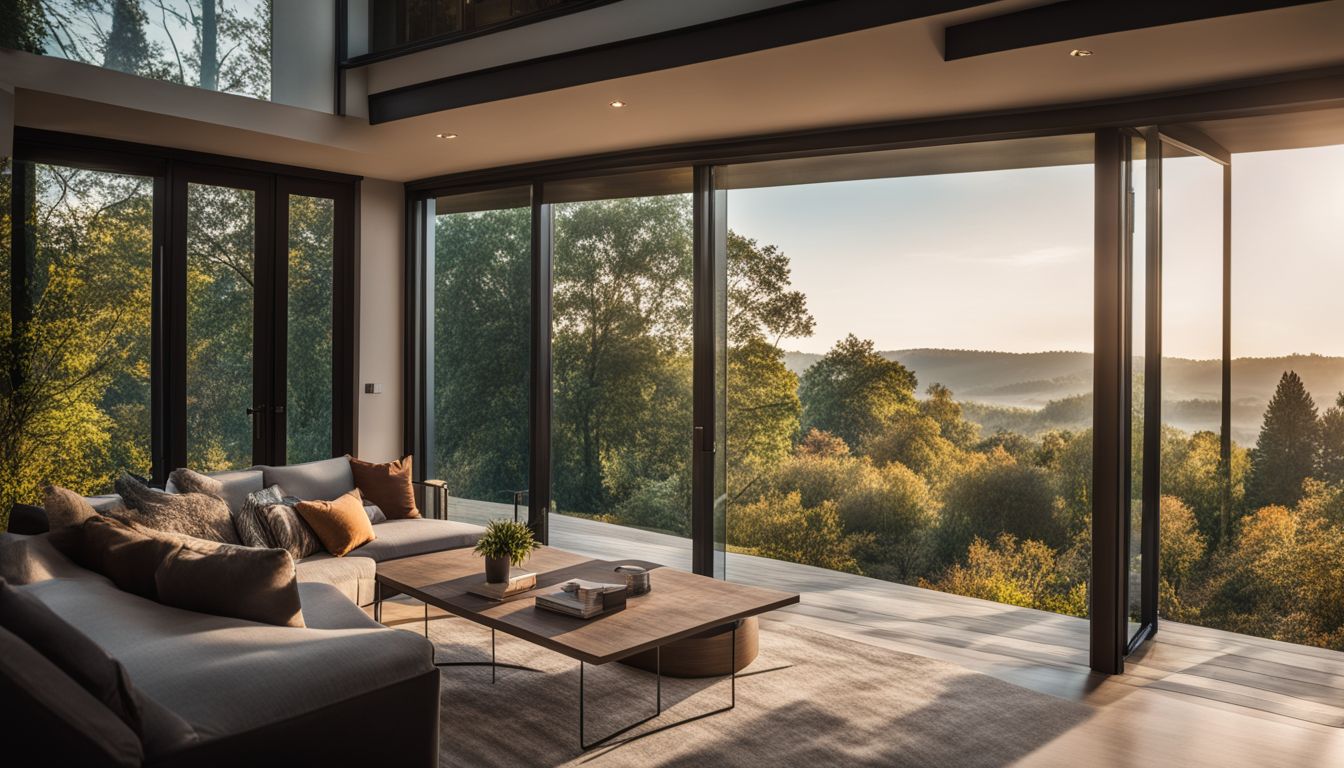
Casement windows win the prize for being the least costly window design. They are pretty low in price but high in value! The cost of these windows usually sits between $270 and $750.
This makes them a great pick for those who want to save money without losing out on quality. Vinyl-frame casement windows push the savings even further! These types come at a lower cost than other materials, making them a budget-friendly choice.
It’s good to know that regular-shaped windows like these tend to be more pocket-friendly. Special shapes like bow or bay windows can cause your bill to go up quite a bit more. So, going with casement is an economical way to let light into your home without letting money fly out of your wallet!
Are casement windows more expensive than sash?
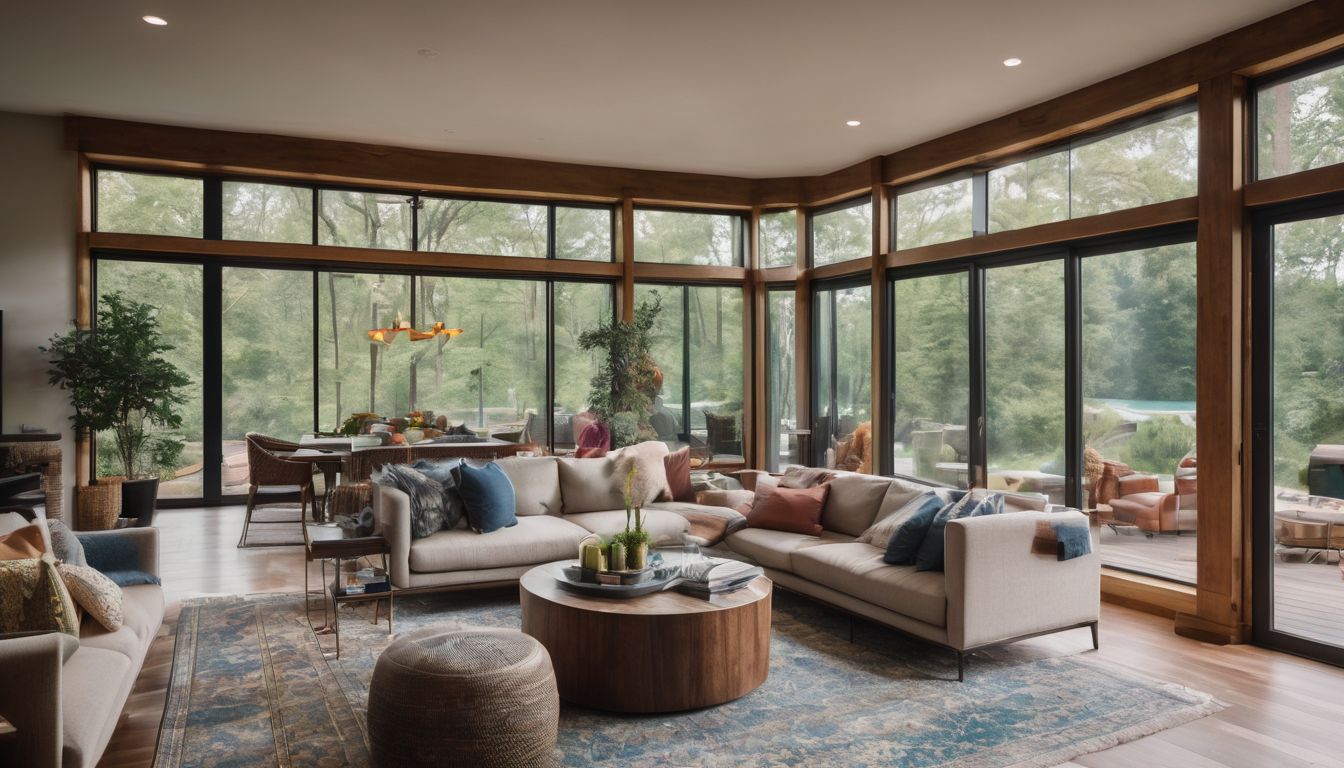
Yes, casement windows are indeed pricier than sash windows. A double-glazed casement window can set you back anywhere from $694 to $1134. That’s a bit more costly compared to sash or single-hung styles.
However, it’s not all about the cost when choosing windows for your home. You also have to think about what works best for you and your house’s design. Casement windows might be more expensive but they also offer some benefits that other types do not.
For example, many people like these because they let in a lot of light and air. They’re easy to open and close too! So even though you might pay more at first, you get added perks with casement windows that make them worth it in the end.
What is the most efficient style of window?

Casement windows top the list for energy efficiency. They provide a tight seal, stopping drafts and heat loss. The materials used in their frames also play a big role. It’s vital to pick the right style and frame material for max energy saving.
You’ll find casement windows are cost-effective in this respect, boosting comfort while lowering bills!
Is a casement window more expensive than a picture window?

Casement windows are generally more expensive than picture windows. While the starting prices for picture windows may be higher, casement windows tend to have a wider price range depending on factors such as size, style, and material.
The cost of casement windows can range from $600 to $1,400. So if you’re looking for a more affordable option, a picture window might be the better choice. But remember to consider your specific needs and preferences when deciding between these two window styles.
Are casement or sliding windows cheaper?
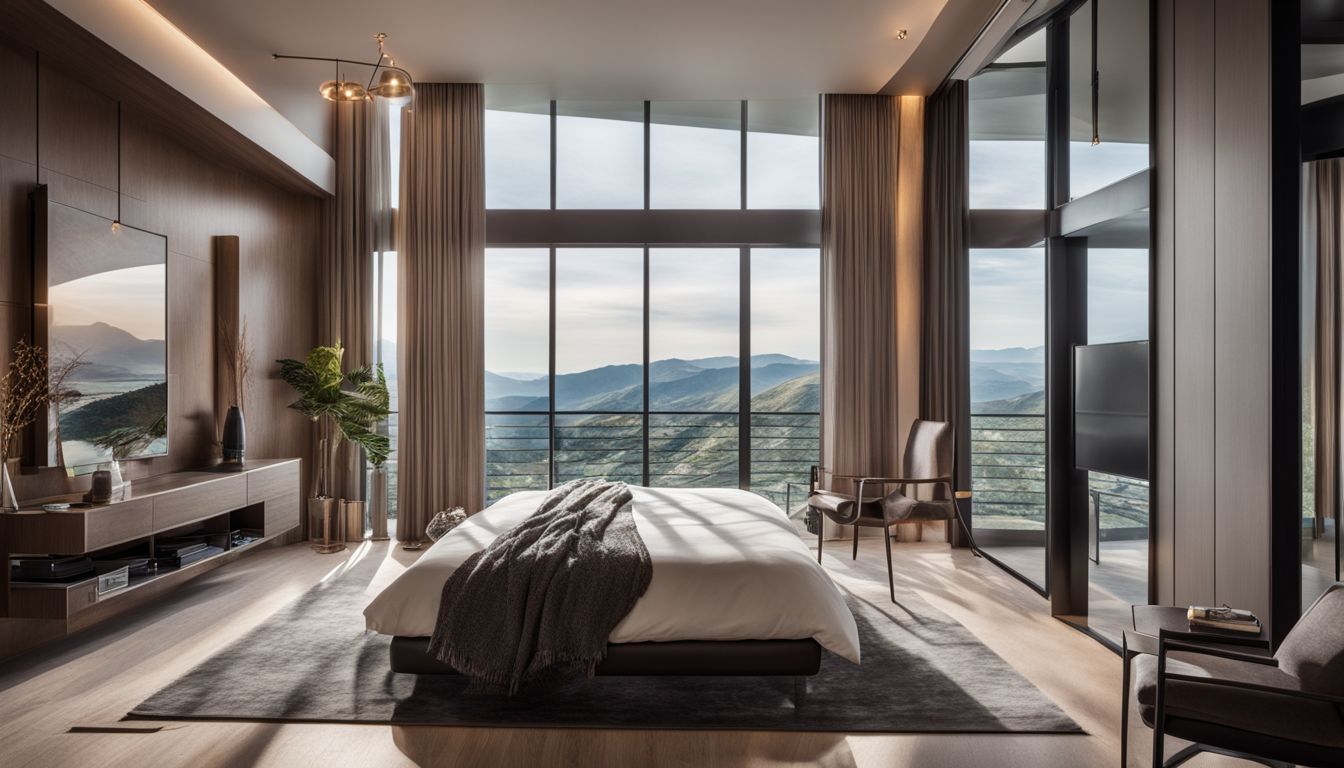
When it comes to cost, sliding windows are usually a cheaper option compared to casement windows. If you’re looking for budget-friendly or affordable windows, sliding windows can be a great choice.
The price range for installing replacement sliding windows is typically between $150 and $800 per window. This makes them more cost-effective compared to other window styles like casement or sash windows.
So, if you’re on a tight budget, considering sliding windows can help you find lower-priced and value-for-money options.
In terms of affordability, it’s important to note that the actual prices may vary based on factors such as the size of the window, material used, and any additional features or customization.
However, generally speaking, sliding windows tend to be more economical compared to casement windows when it comes to initial purchase and installation costs.
Overall, if your main concern is finding a cheaper window option without compromising functionality and quality too much, consider exploring sliding windows as they offer good value for money.
What is the price difference between sash and casement windows?
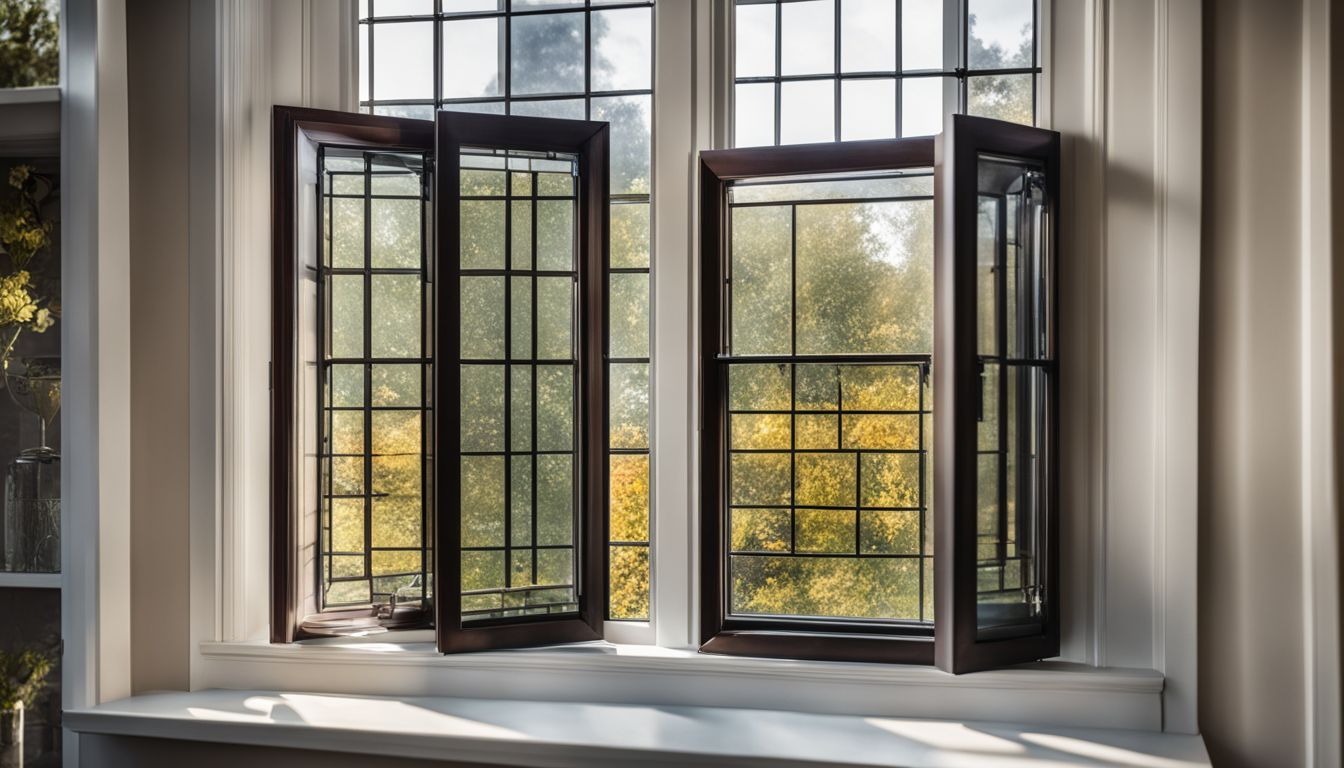
The price difference between sash and casement windows is primarily influenced by the type of material, size, and quality of the glass. While the material costs for sash windows average around $230, casement windows tend to be slightly more expensive with an average cost of $340.
| Type of Window | Average Material Cost | Price Range including Installation |
|---|---|---|
| Sash Window | $230 | $694 – $1,134 |
| Casement Window | $340 | $500 – $1,000 |
Therefore, while the upfront material costs of casement windows can be higher, the overall cost difference when factoring in installation may not be as significant as initially perceived.
What is the cost of a vinyl casement window?

The cost of a vinyl casement window can range from $200 to $750, making it an affordable option for those looking to replace their windows. This price includes the materials and installation.
The material cost alone usually falls within the range of $470 to $1,002. When it comes to labor costs, they can vary depending on factors such as location and the complexity of the installation.
It’s helpful to use a window installation labor cost calculator to get a better estimate of these expenses. If you’re interested in getting your vinyl casement window professionally installed, you can also check out Lowe’s window installation services for more information on their pricing.
Remember, when considering the overall cost of replacing a casement window, it’s important to take into account both the material and labor costs involved.
Are casement windows more expensive than awning windows?
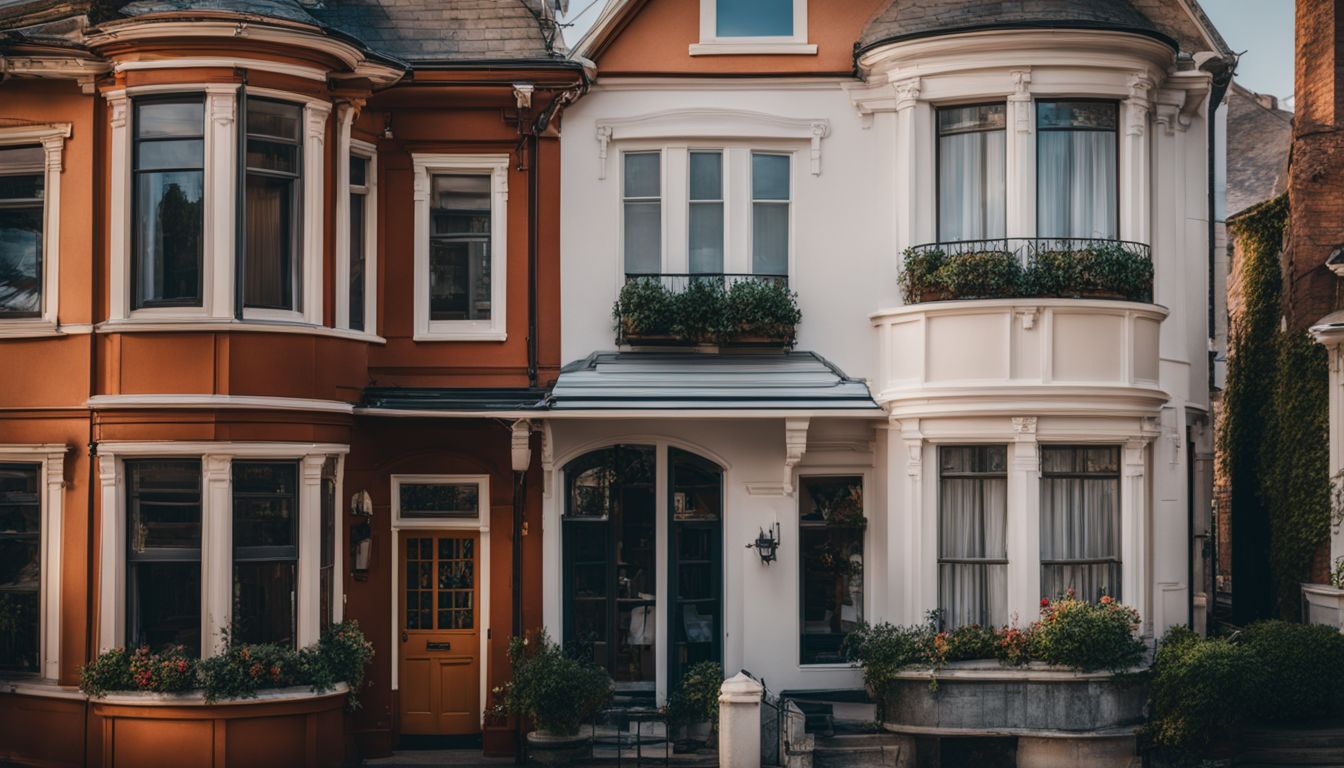
Casement windows and awning windows are both popular choices for homeowners, but when it comes to cost, there isn’t a significant difference between the two. In fact, the price variation is minimal.
Awning windows may be slightly more expensive than casement windows due to an extra locking handle that helps secure the window in place.
Although they have similar pricing, casement and awning windows differ in their design and functionality. Casement windows are hinged at the side and open outward like a door, while awning windows are hinged at the top and open outward from the bottom.
This difference in hinge placement gives each window style its unique aesthetic appeal.
So if you’re choosing between casement or awning windows based on cost alone, you can rest assured that either option will fit within your budget without breaking the bank. It’s ultimately about finding a window style that suits your taste and meets your needs for functionality and efficiency.
Which window is most expensive to replace?
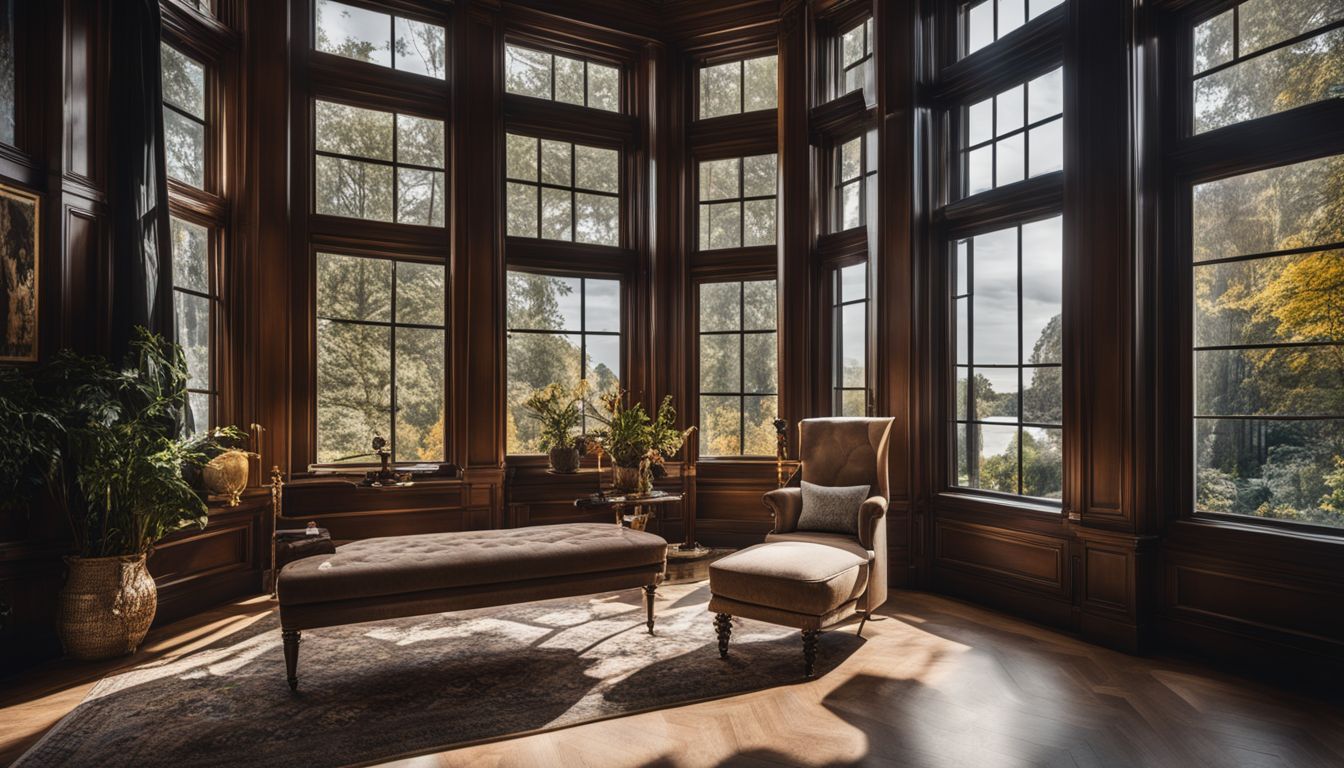
Casement windows are generally the most expensive to replace. Some high-end casement windows can cost up to twice as much as a double-hung window. When comparing the cost of replacement windows, casement windows tend to be on the pricier side compared to other styles like double-hung or picture windows.
However, it’s important to note that pricing may vary based on factors such as material, brand, and size.
What is a push out casement window?
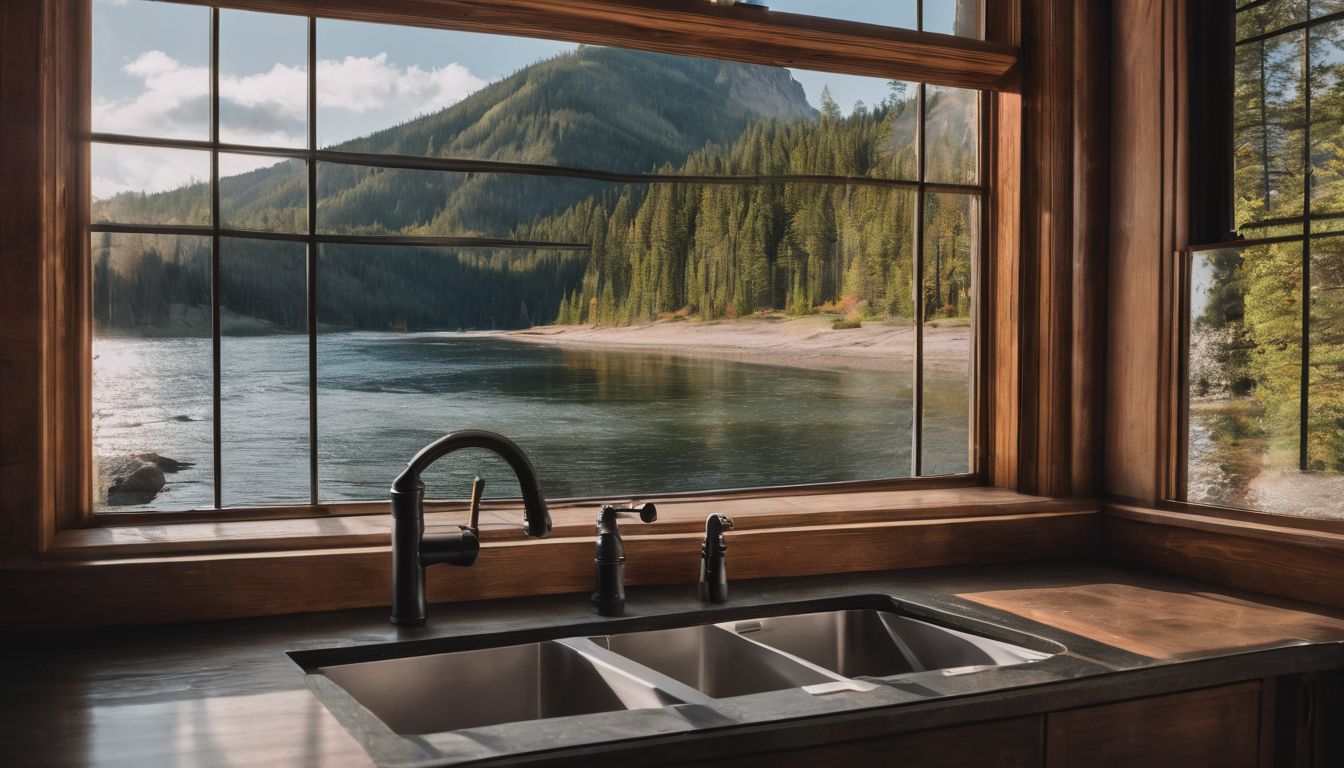
A push out casement window is like a door for your home. It has hinges on one side, just like a door. This type of window can swing in or out when you push or pull on the hardware.
The best part about this kind of window? It brings fresh air inside! You can let a lot of air flow in when you open it wide.
This type of casement window isn’t like others. Most windows have to turn a crank handle to open, but not these ones. They are easy-open windows that don’t use cranks at all. So if you’re looking for something different from the usual style, try these alternative casement windows instead!
What is the difference between casement and flush casement windows?
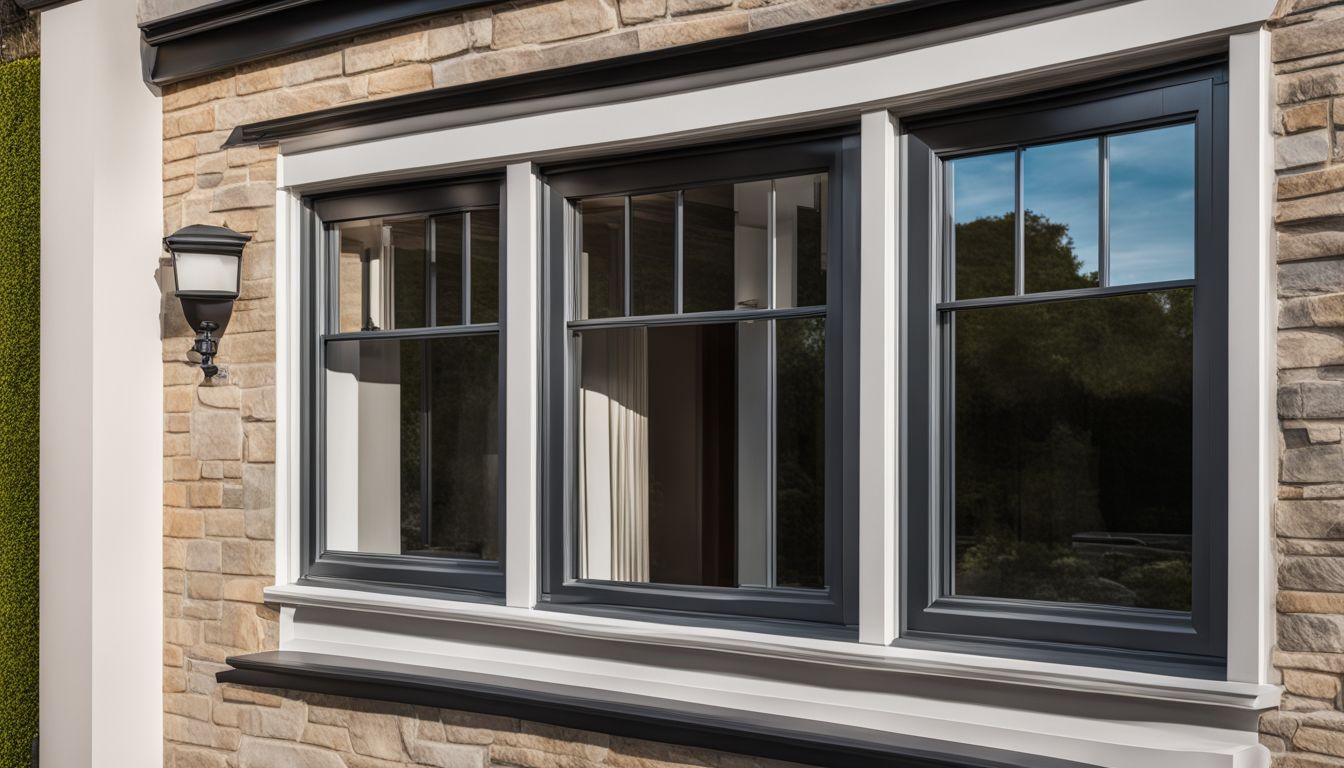
Casement windows and flush casement windows are both popular choices for homeowners, though they each have their unique features.
| Features | Casement Windows | Flush Casement Windows |
|---|---|---|
| Appearance | Casement windows protrude from the window frame, which can add depth to a home’s exterior. | Flush casement windows, on the other hand, sit flush with the window frame, creating a smooth and sleek appearance. |
| View | Thanks to their outwards-opening design, casement windows provide a clear and unobstructed view of the outdoors. | Just like casement windows, flush casement windows also offer a clear view, with the sashes sitting flawlessly within the window frame. |
| Versatility | Casement windows are quite versatile and can be made from various materials, including PVC. | Flush casement windows share this versatility, with options for materials like PVC and uPVC. |
| Longevity | Both these types of windows boast a long lifespan due to their durable construction. | Flush casement windows are also built to last, with a sturdy frame that keeps the elements at bay. |
It’s always important to consider your home’s style and your personal preferences when choosing between casement and flush casement windows. After all, the right windows can make a significant difference in the overall appearance and functionality of your home.
What is the difference between a French casement and a regular casement window?
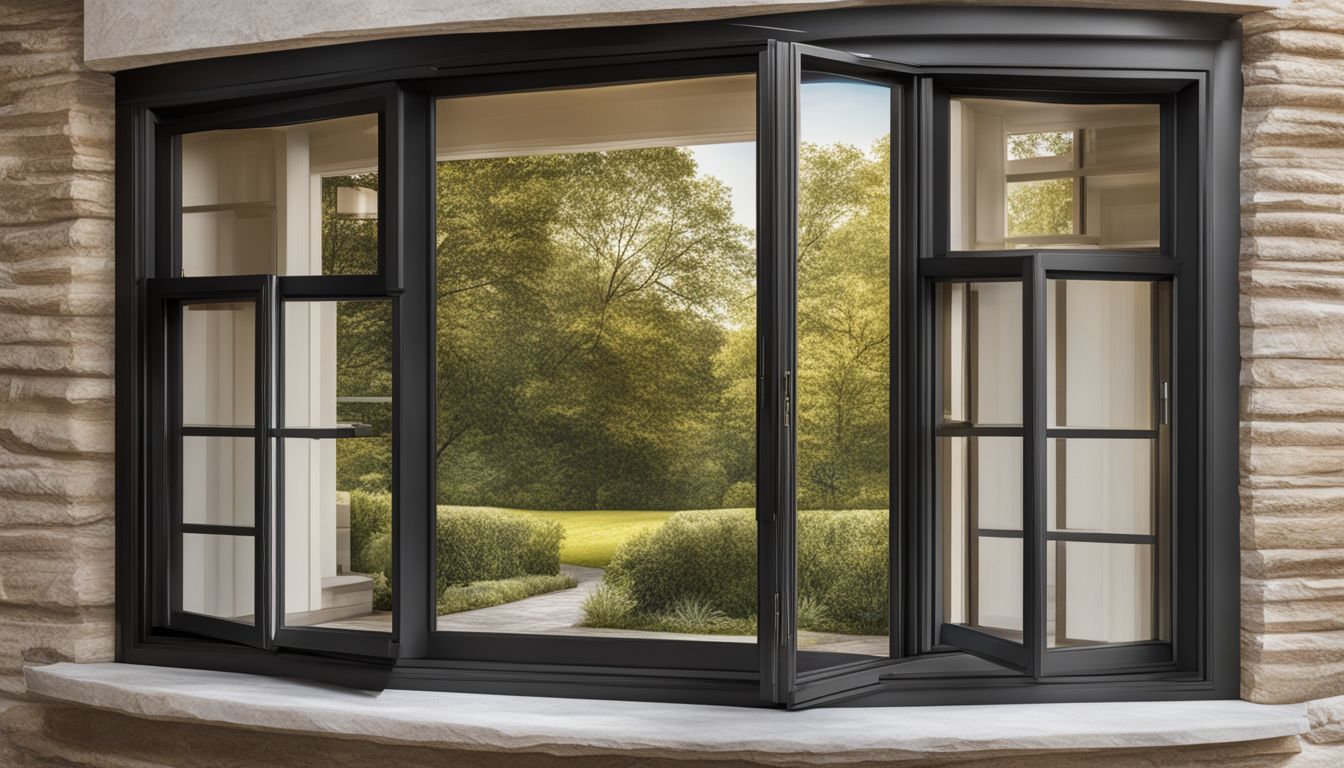
The key differences between a French casement and a regular casement window involve their structure, operation, and appearance. Let’s delve into the distinctions between the two:
| Features | French Casement Window | Regular Casement Window |
|---|---|---|
| Length | These are half-length windows. | These are full-length windows. |
| Center Post | They do not have a vertical post in the center. | They typically have a vertical post in the center. |
| Number of Window Panels | They consist of two window panels side by side. | They have one window that opens out. |
| Hinge Mechanism | Each window panel is hinged on the outer edges. Thus, they’re known as double casement windows. | They operate on a single hinge mechanism, making it a single casement window. |
These distinctions become important when selecting the type of window that best fits your home’s design and functional needs.
What is a storm proof casement window?

A storm proof casement window is a smart choice if you live in a place with bad weather. It has a sash that sticks out from the outside wall of your house. This kind of window does not let water or wind inside because it closes tight.
The frame and the glass overlap when you shut it, so rain and drafts stay out.
This type of window locks at more than one point. That stops leaks and cold air from sneaking in. Storm windows are tough enough to stand up to heavy winds and flying stuff during storms.
Plus, they last for a long time! They are resistant, waterproof, and can keep secure when weather gets rough.
How do you install a casement window?
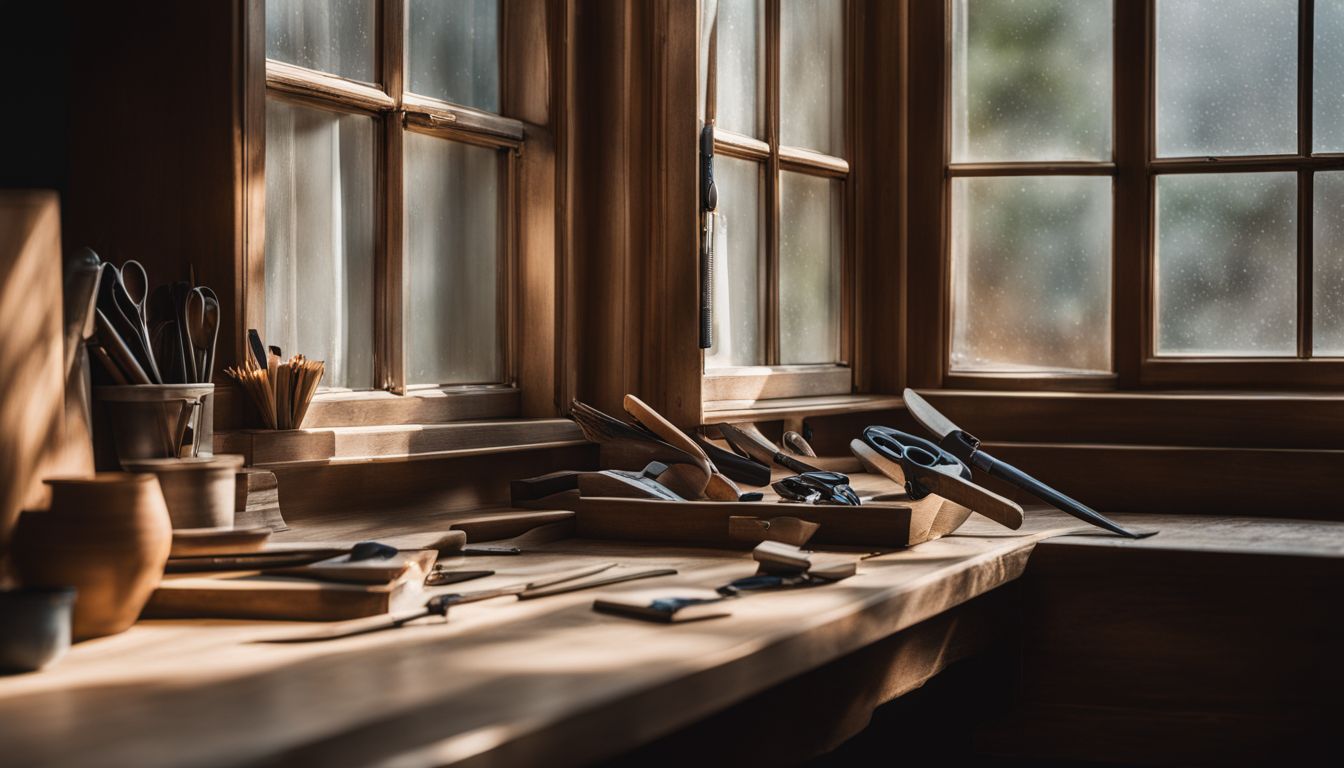
Installing a casement window is easier than you might think. Here are the steps:
- Start by measuring the opening where you want to install the window.
- Remove any existing window or frame from the opening.
- Check for level and plumb using a carpenter’s level and shim as needed.
- Apply a bead of caulk around the perimeter of the opening to create an airtight seal.
- Place the new casement window into the opening, making sure it sits flush against the exterior wall.
- Secure the window in place with screws or nails through the pre – drilled holes in the frame.
- Use shims to ensure that the window is level and square within the opening.
- Once everything is aligned correctly, secure the window by screwing it into place through the hinges.
- Test your new casement window by opening and closing it to ensure smooth operation.
- Finally, apply another layer of caulk around the exterior perimeter to seal any gaps.
Can you put an air conditioner in a casement window?

Yes, you can put an air conditioner in a casement window! Casement window air conditioners are specially designed to fit these types of windows. They provide a cooling solution for rooms with casement or crank windows where traditional AC units won’t work.
These air conditioners are usually less than 15 inches wide, making them perfect for narrow openings.
To install a portable air conditioner in a casement crank window, there are three methods you can try. The first option is to use adjustable panels that come with the AC unit and fit into the window frame.
The second method involves securing Plexiglas or acrylic sheets on either side of the unit to seal off any gaps. Lastly, you can purchase crank window installation kits that add an extra inch to the width of the AC unit to ensure a snug fit.
Overall, if you have a casement window and need an efficient cooling solution, consider investing in a casement window air conditioner. It’s important to find one that fits your specific window size and offers effective cooling options for your space.
How do casement window air conditioners work?

Casement window air conditioners work by utilizing the vertical opening of casement windows to provide effective cooling. These specially designed units are made to fit and seal tightly in these types of windows, minimizing air gaps and heat leakage.
The airtight design ensures that cool air is directed into the room while hot air is expelled outside.
To install a casement window air conditioner, a platform assembly is used to support the back of the unit. This provides stability and ensures that the weight of the appliance is properly distributed.
The unit itself fits securely within the window frame, allowing for easy operation without interfering with the functionality of the window.
The hinge mechanism of casement windows allows them to swing open like a door, providing access for installation and maintenance purposes. Professional installation services are available for those who want to ensure proper fitting and long-lasting performance.
In summary, casement window air conditioners work by taking advantage of vertical windows with their specialized design that seals out unwanted heat while efficiently cooling your space.
By understanding how they function, you can make an informed decision on whether this type of air conditioning solution is right for you.
How to install a portable air conditioner in a casement crank window?
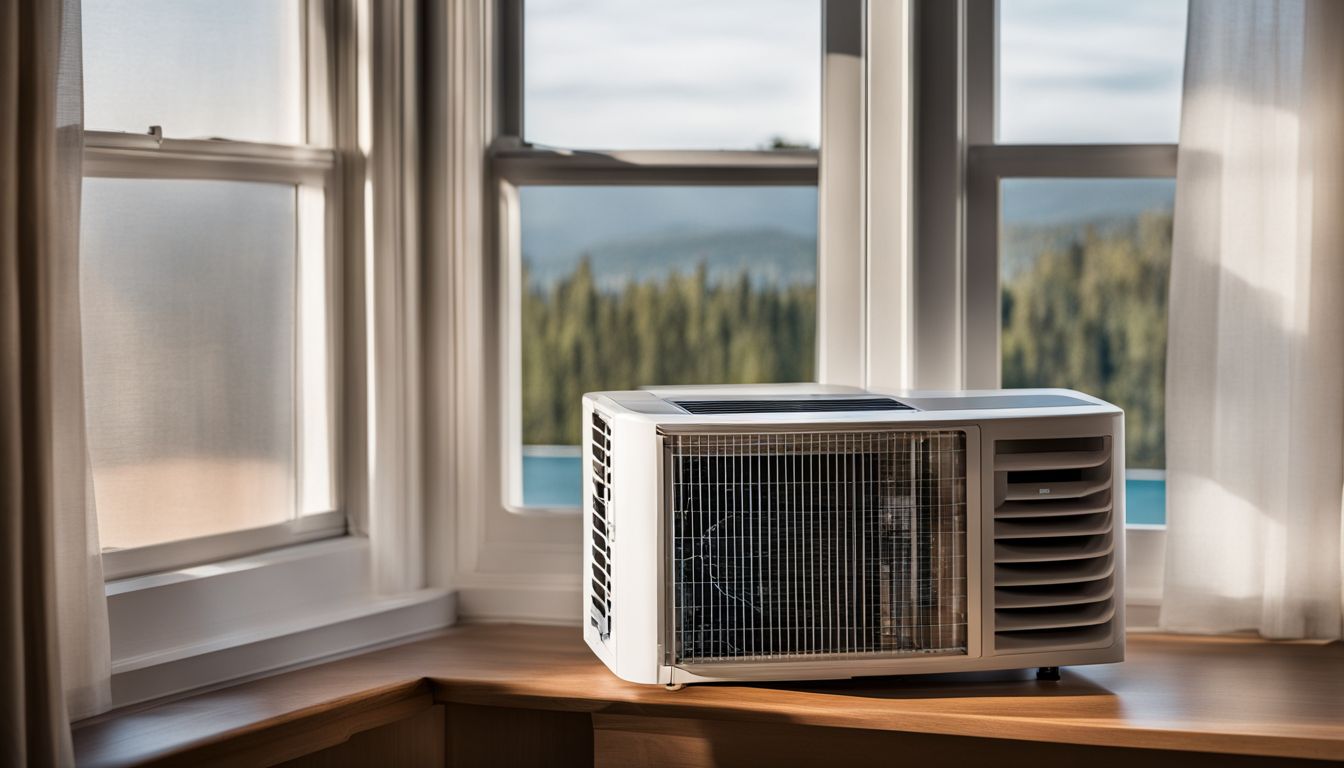
I recently installed a portable air conditioner in my casement crank window, and it was easier than I thought. Here are the steps I followed:
- Measure the dimensions of your casement window to ensure that the portable air conditioner will fit properly.
- Purchase a casement window installation kit specifically designed for portable air conditioners. This kit will include all the necessary components, such as brackets and sealing foam.
- Remove the screen from your casement window and clean the area where you will be installing the air conditioner.
- Attach the brackets included in the installation kit to the top and bottom of your window frame.
- Place the portable air conditioner on the brackets and secure it in place using screws or other fasteners provided in the kit.
- Use sealing foam or weatherstripping to seal any gaps between the air conditioner and the window frame to prevent drafts.
- Test your newly installed air conditioner by turning it on and adjusting the settings as desired.
What kind of air conditioner can I use with crank windows?
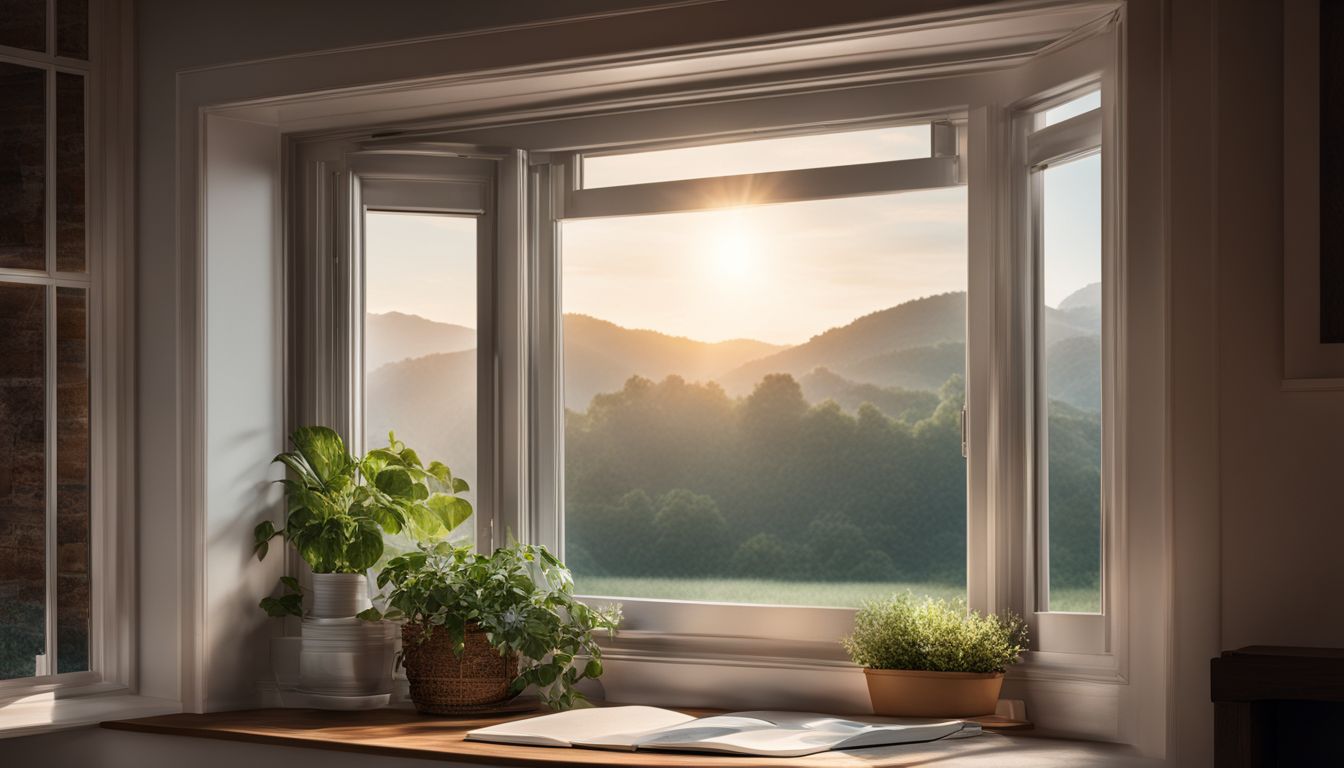
If you have crank windows in your home and you’re wondering what kind of air conditioner can be used with them, I have good news for you. There are air conditioners specifically designed to fit and work with casement windows, which are a type of crank window.
These air conditioners are hinged on the side and can be easily installed in your casement windows.
Casement window air conditioners are a great choice for rooms that need good ventilation, such as kitchens or bathrooms. They come in different BTU capacities, like 12,000 BTU or 14,000 BTU, so you can choose the one that suits your cooling needs best.
In addition to casement window air conditioners, there are also portable air conditioners that can be installed in casement windows. This gives you more flexibility if you want to move the AC unit around to different rooms.
So don’t worry about finding an air conditioner for your crank windows – just look for one specifically made for casement windows and enjoy a cool and comfortable space all summer long!
Can you put a couch in front of a window AC unit?

Placing a couch in front of a window AC unit is not recommended. This is because it can obstruct the airflow and reduce the efficiency of the air conditioner. Window AC units are designed to be installed in double- or single-hung windows, without any furniture blocking them.
When you put a couch or any other obstacle in front of the unit, it restricts the airflow and makes it harder for the cool air to reach the room. This can result in reduced cooling effectiveness and increased energy consumption.
So, if you want your window AC unit to work efficiently, make sure there is no furniture blocking its path.
In conclusion, casement windows are a practical and versatile choice for homeowners. They come in various styles and offer benefits such as energy efficiency and good ventilation. While they may be more expensive than other window styles, their durability and long lifespan make them a worthwhile investment.
With proper maintenance, casement windows can add both functionality and aesthetic appeal to any home. So if you’re considering new windows, don’t overlook the advantages of casement windows for your needs.
Casement windows offer a wide range of styles and practical benefits for homeowners. They are energy efficient, provide excellent ventilation, and enhance the security of your home.
While they may be more expensive than other window styles, their durability and versatility make them a worthwhile investment. With proper maintenance and care, casement windows can add both functionality and aesthetic appeal to any home.
FAQs
What are casement windows?
Casement windows are a type of window that is hinged on one side and opens outward, similar to a door. They typically have a crank mechanism for easy opening and closing.
What types of materials can casement windows be made from?
Casement windows can be made from various materials such as wood, vinyl, aluminum, or fiberglass. Each material has its own advantages and considerations in terms of durability, maintenance, and aesthetics.
Are casement windows energy-efficient?
Yes, casement windows are known for their energy efficiency due to their tight seal when closed. This helps prevent air leakage and improves insulation in the home.
Can I install casement windows myself?
While it is possible to install casement windows yourself if you have the necessary skills and experience, it is generally recommended to hire a professional installer for proper installation.
What are the advantages of choosing casement windows over other types?
Some advantages of choosing casement windows include excellent ventilation control, unobstructed views when opened fully, enhanced security features with multi-point locking systems, and ease of operation with the crank mechanism.
How much do casement windows cost?
The cost of casement windows varies depending on factors such as size, material, design options, and installation requirements. It’s best to consult with window providers for specific pricing information.
What are the different styles of casement windows available?
There are various styles of casement windows available including single-sash (one panel), double-sash (two panels), push-out (open manually), or crank-operated (opened with a handle).
Are casement windows practical for my home?
Casement windows are practical for many homes as they provide excellent ventilation and energy efficiency. They are also easy to operate and offer unobstructed views when open.
What styles of casement windows are available?
There are various styles of casement windows available, including traditional, contemporary, colonial grid, prairie grid, and more. Each style offers a distinct aesthetic appeal to complement different architectural designs.


